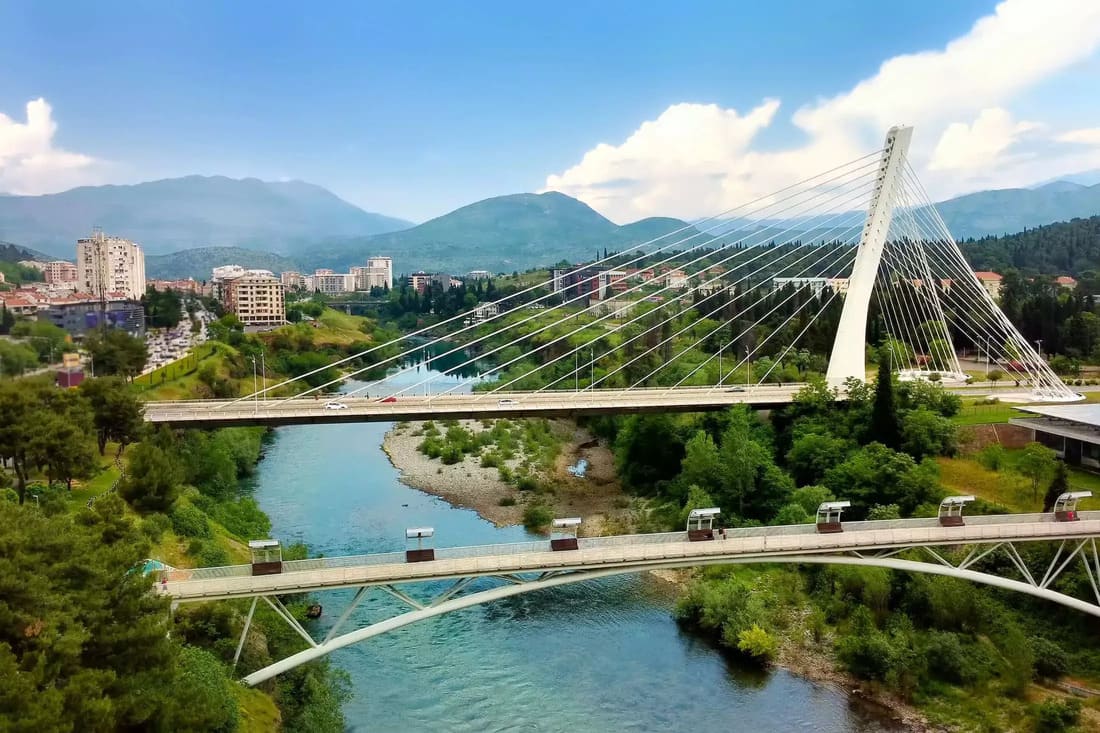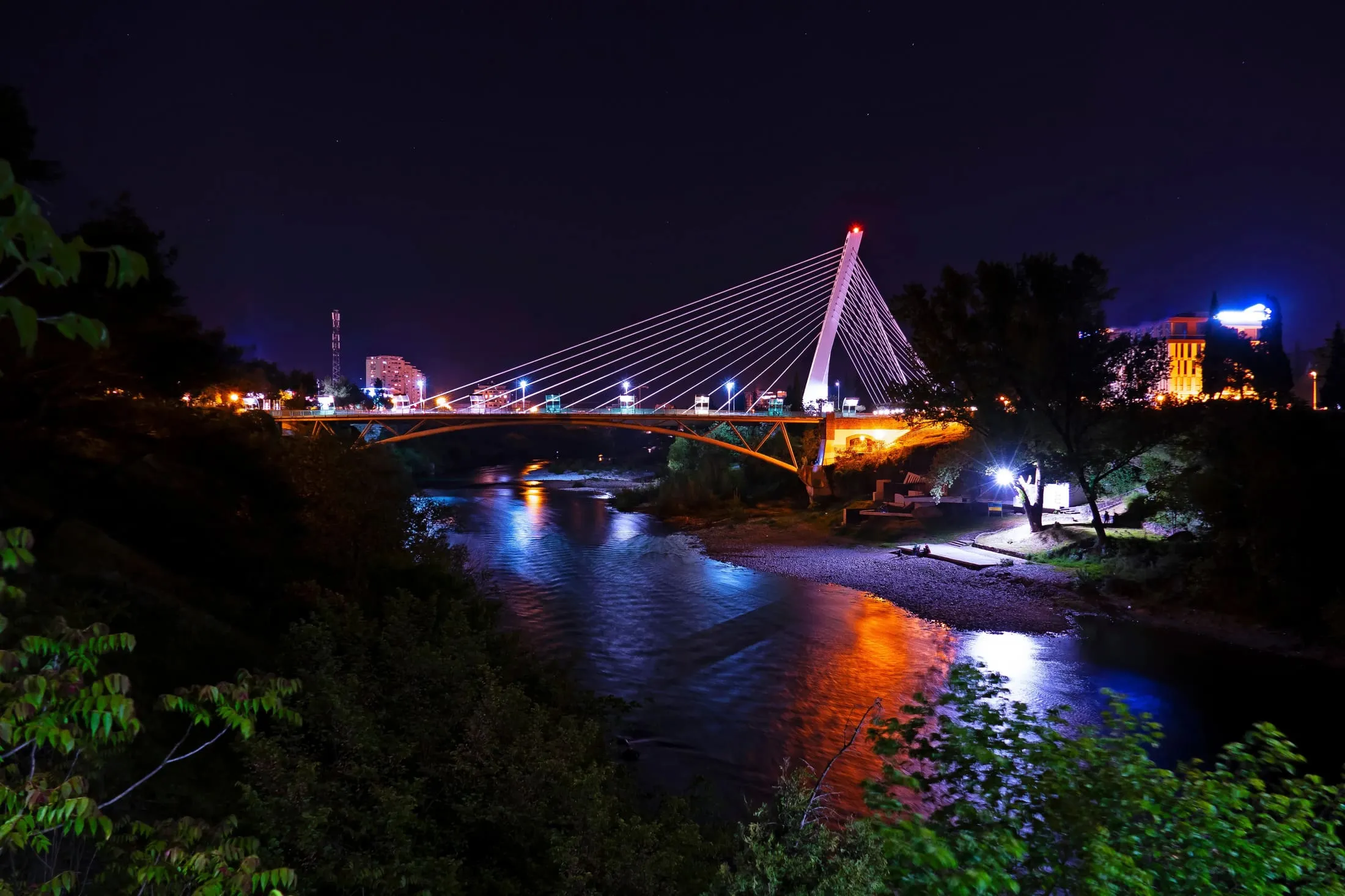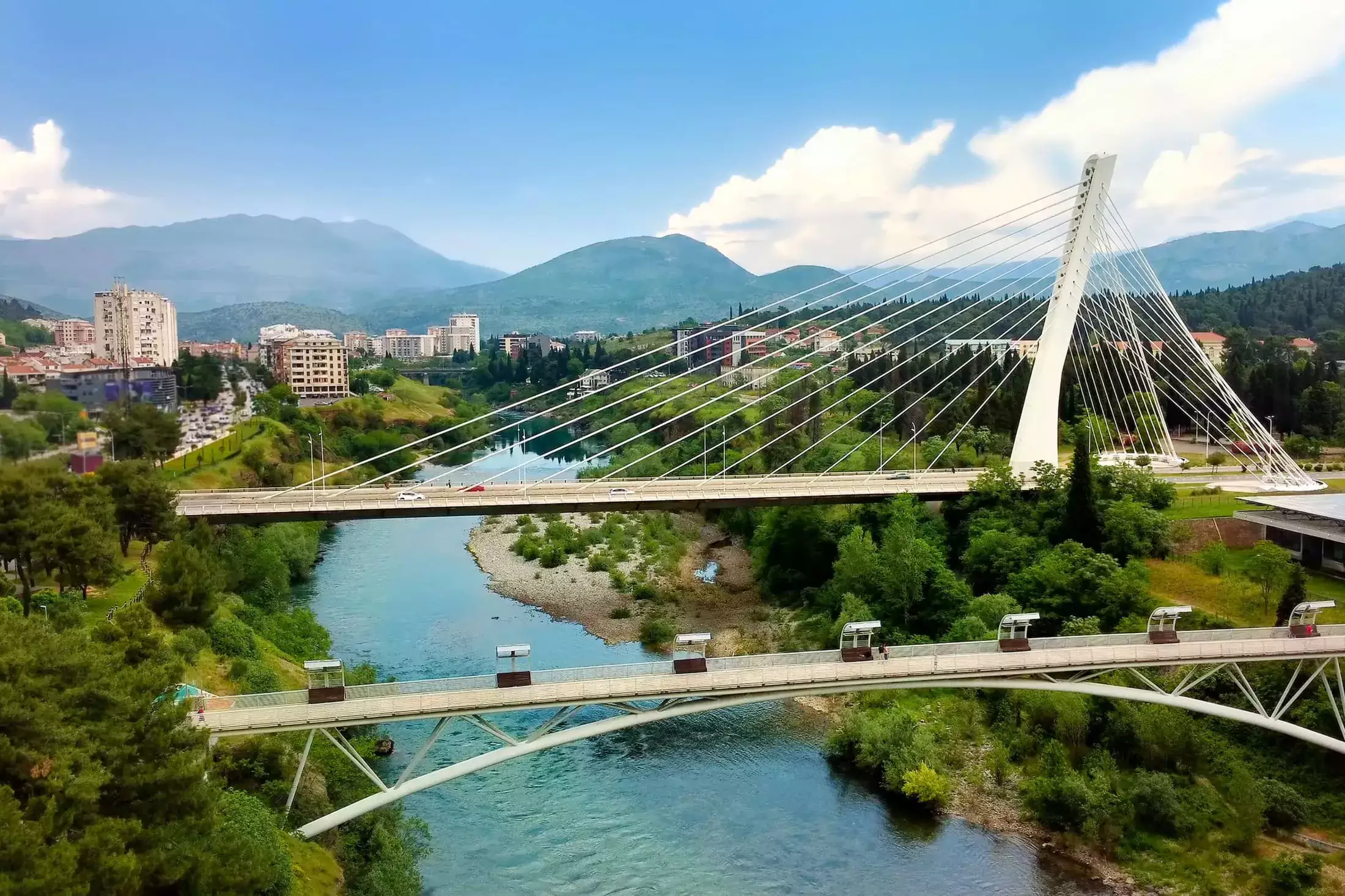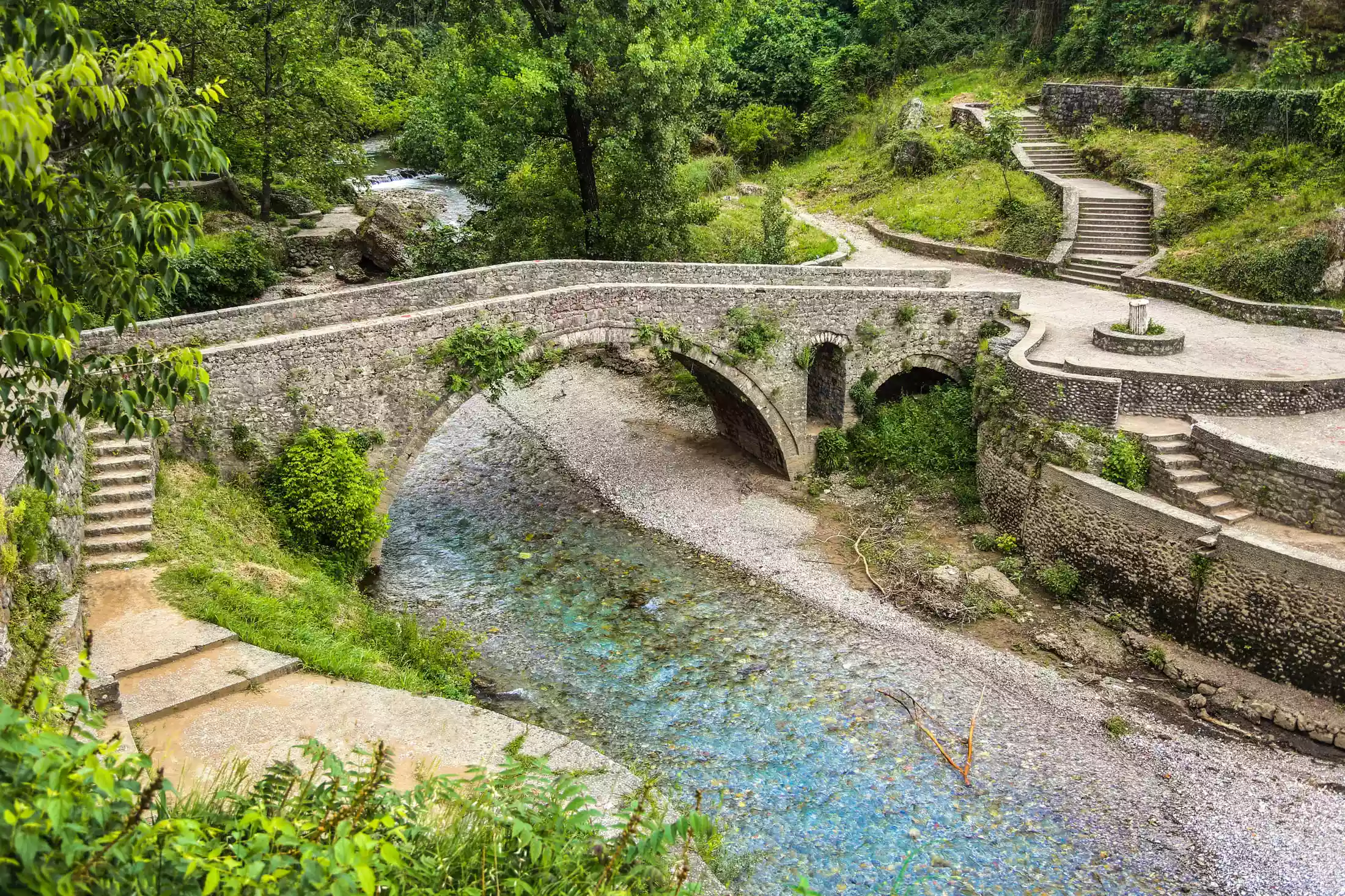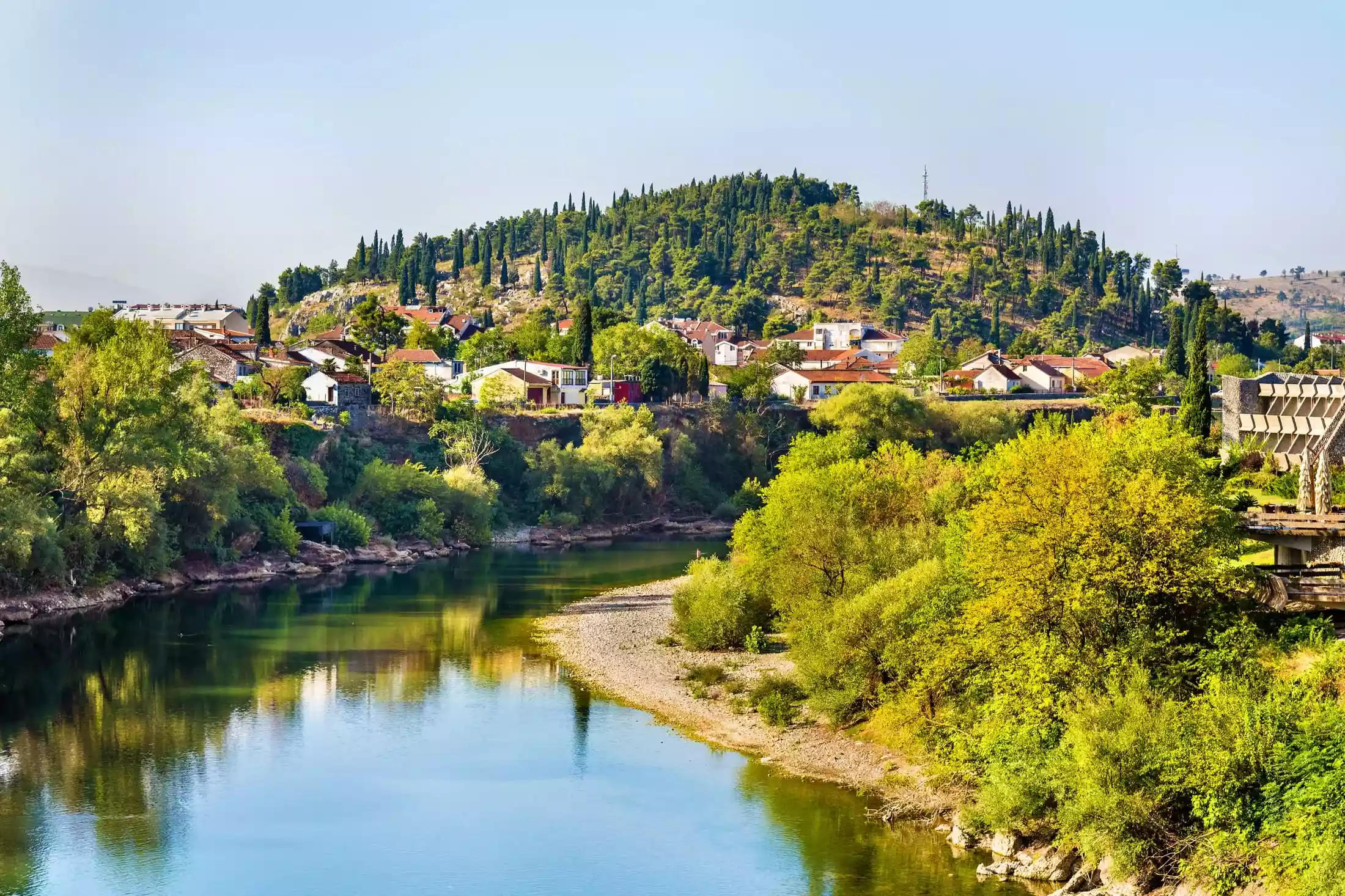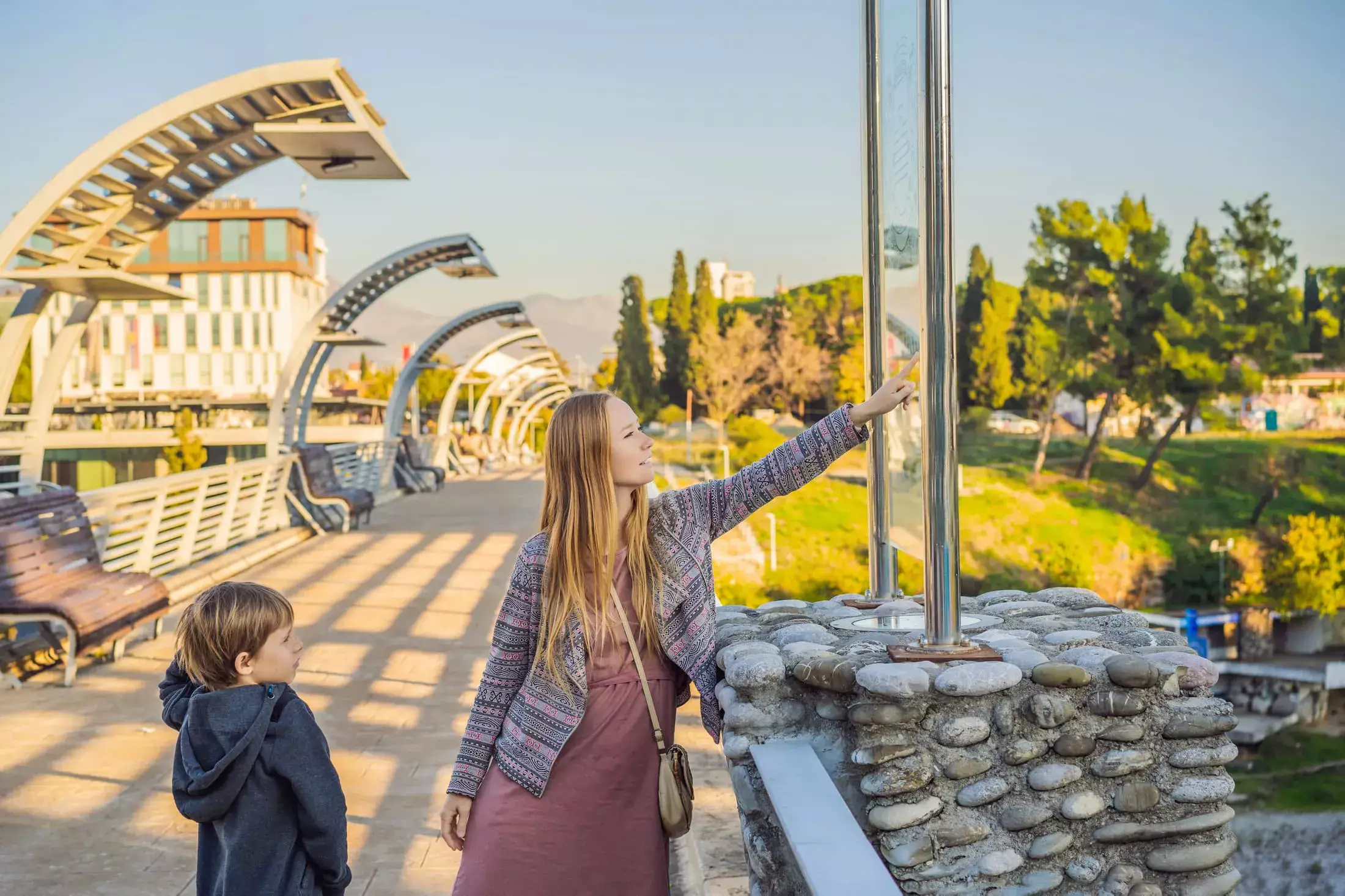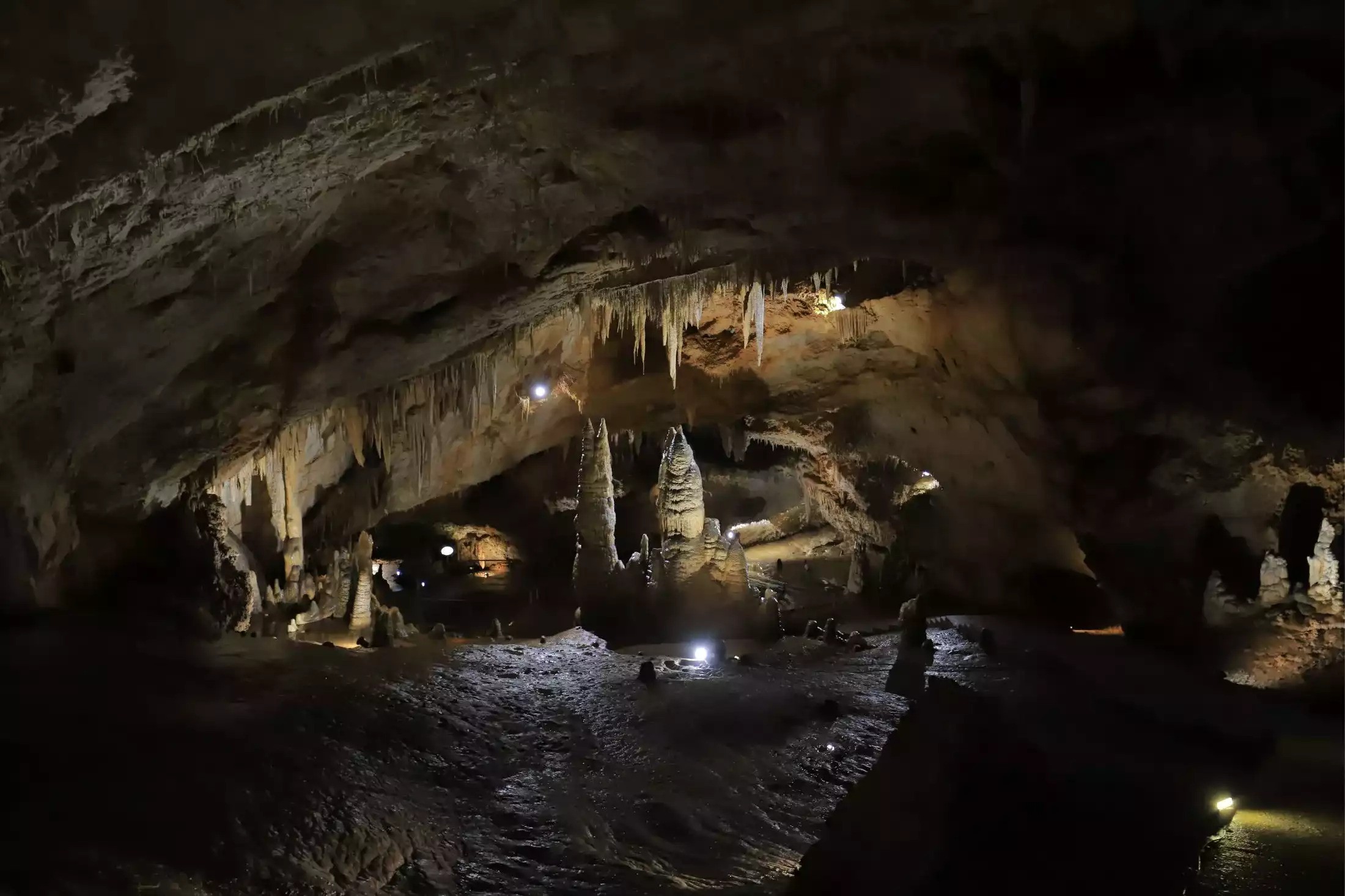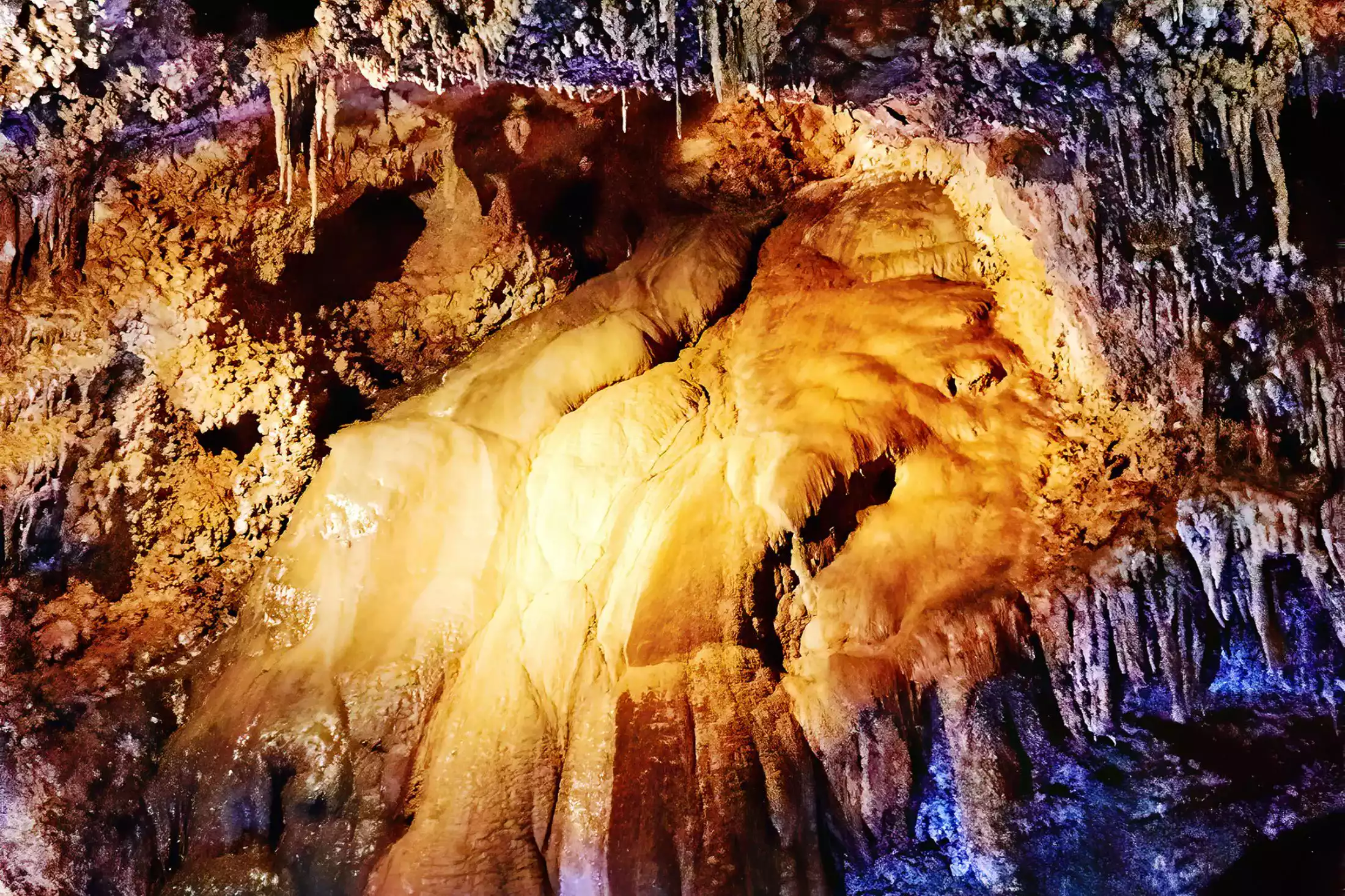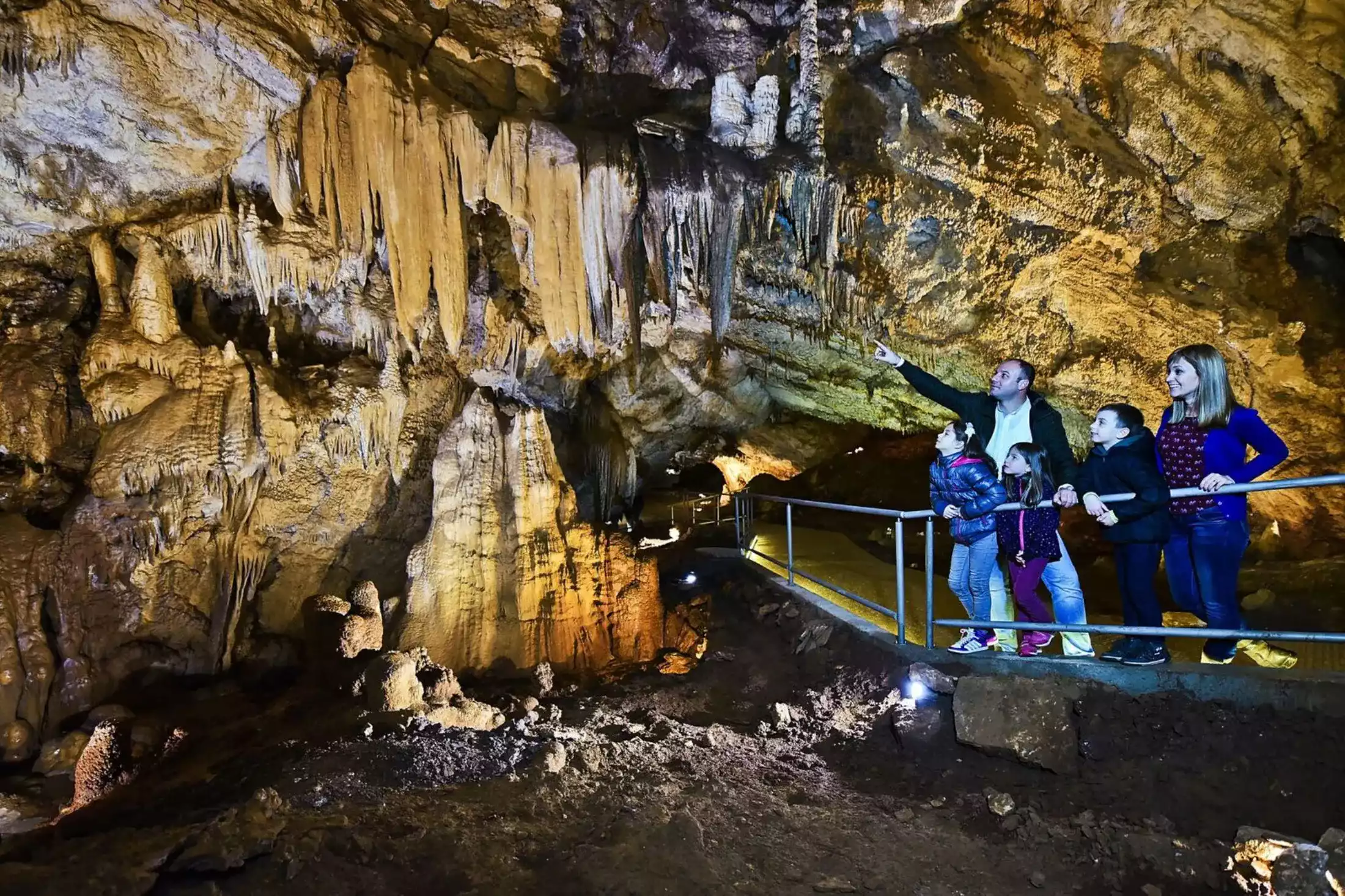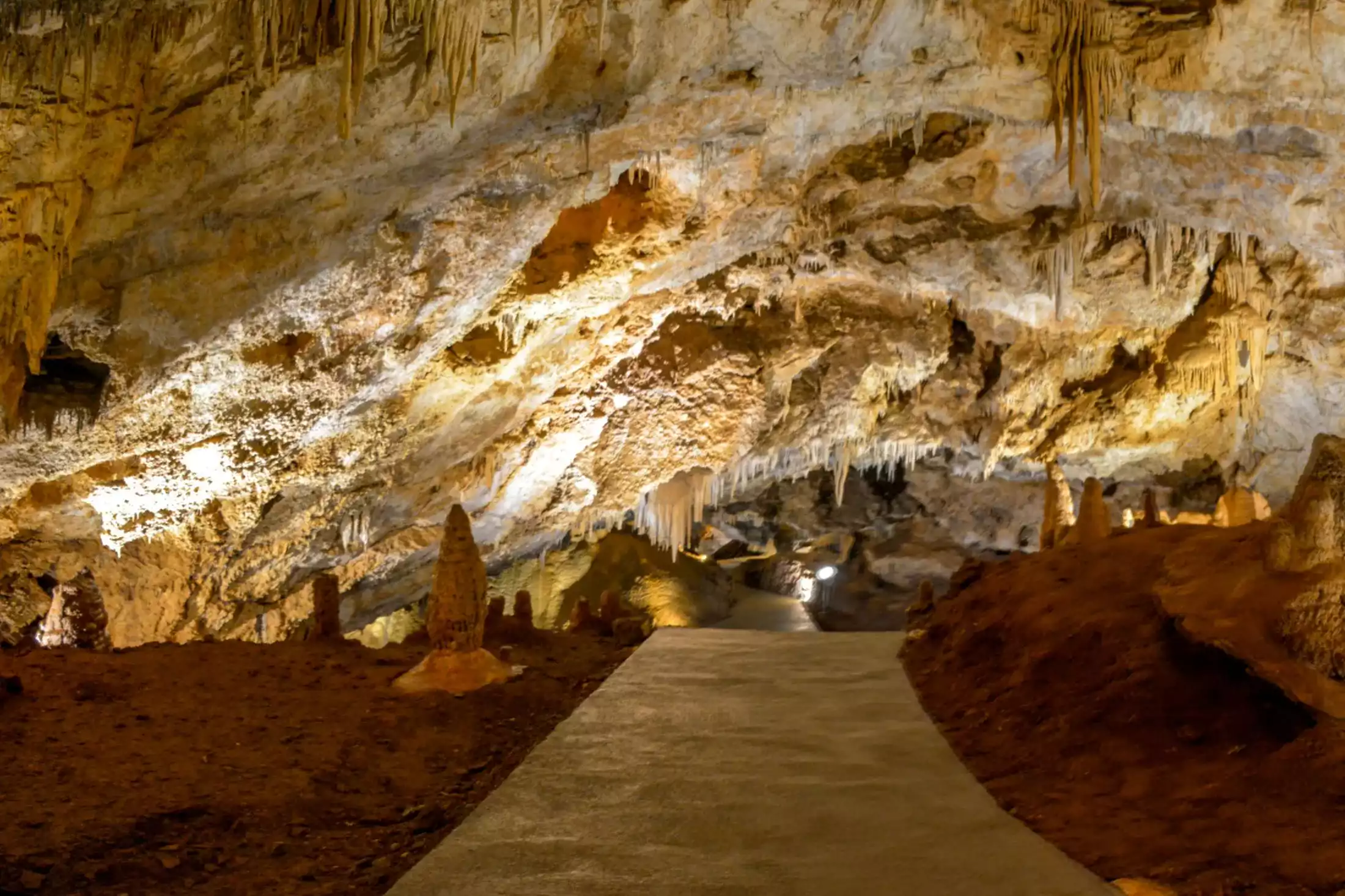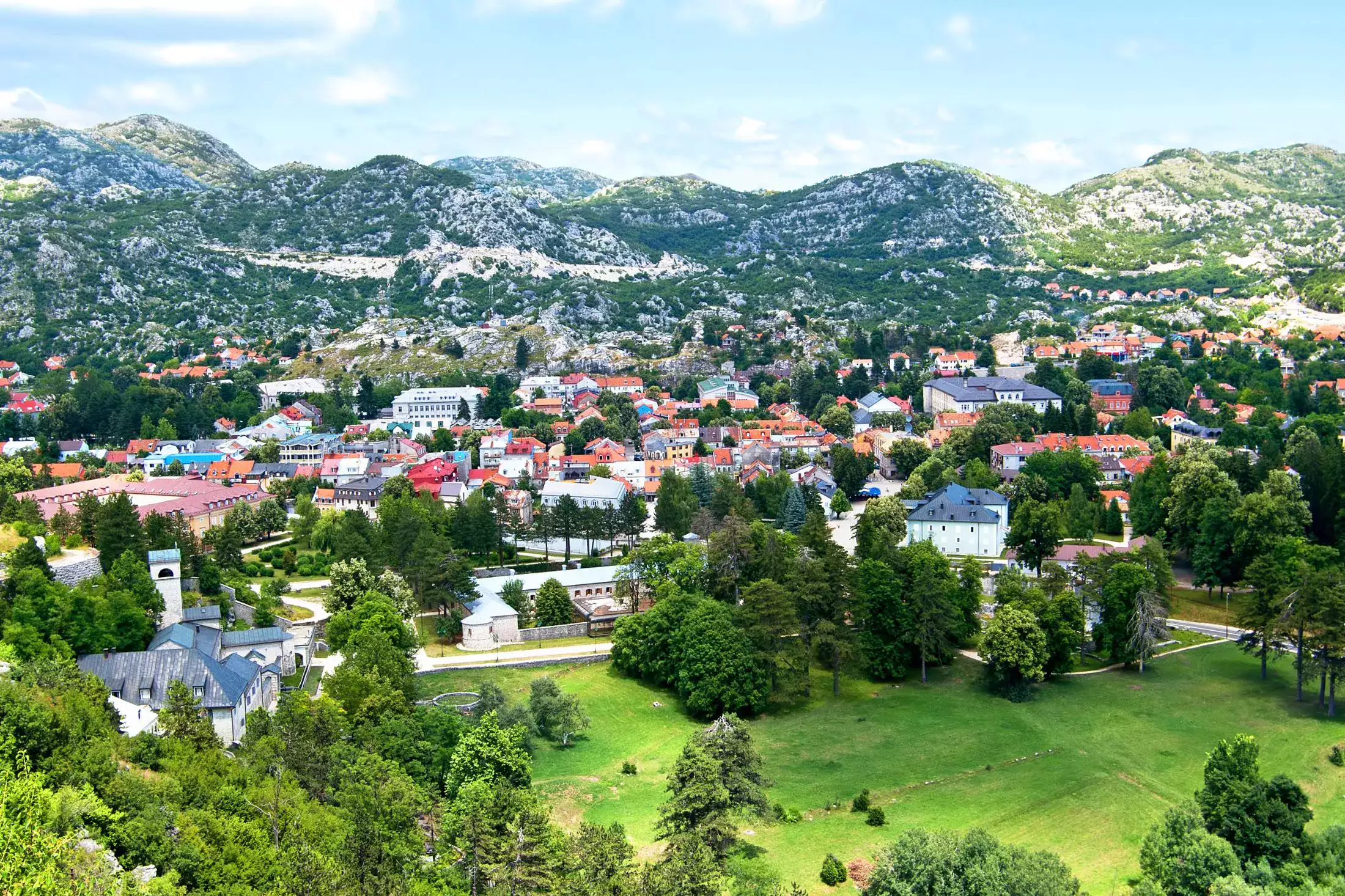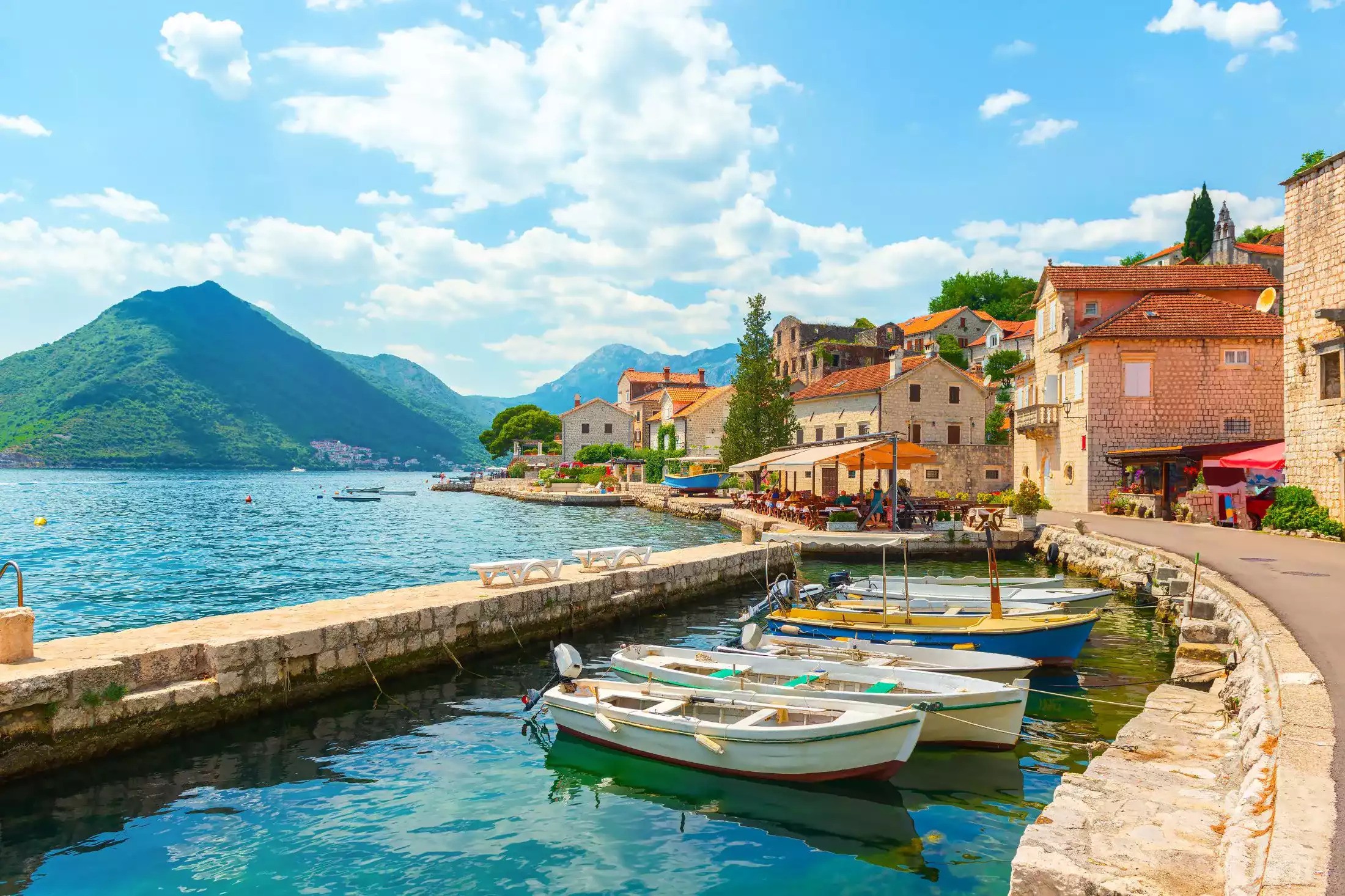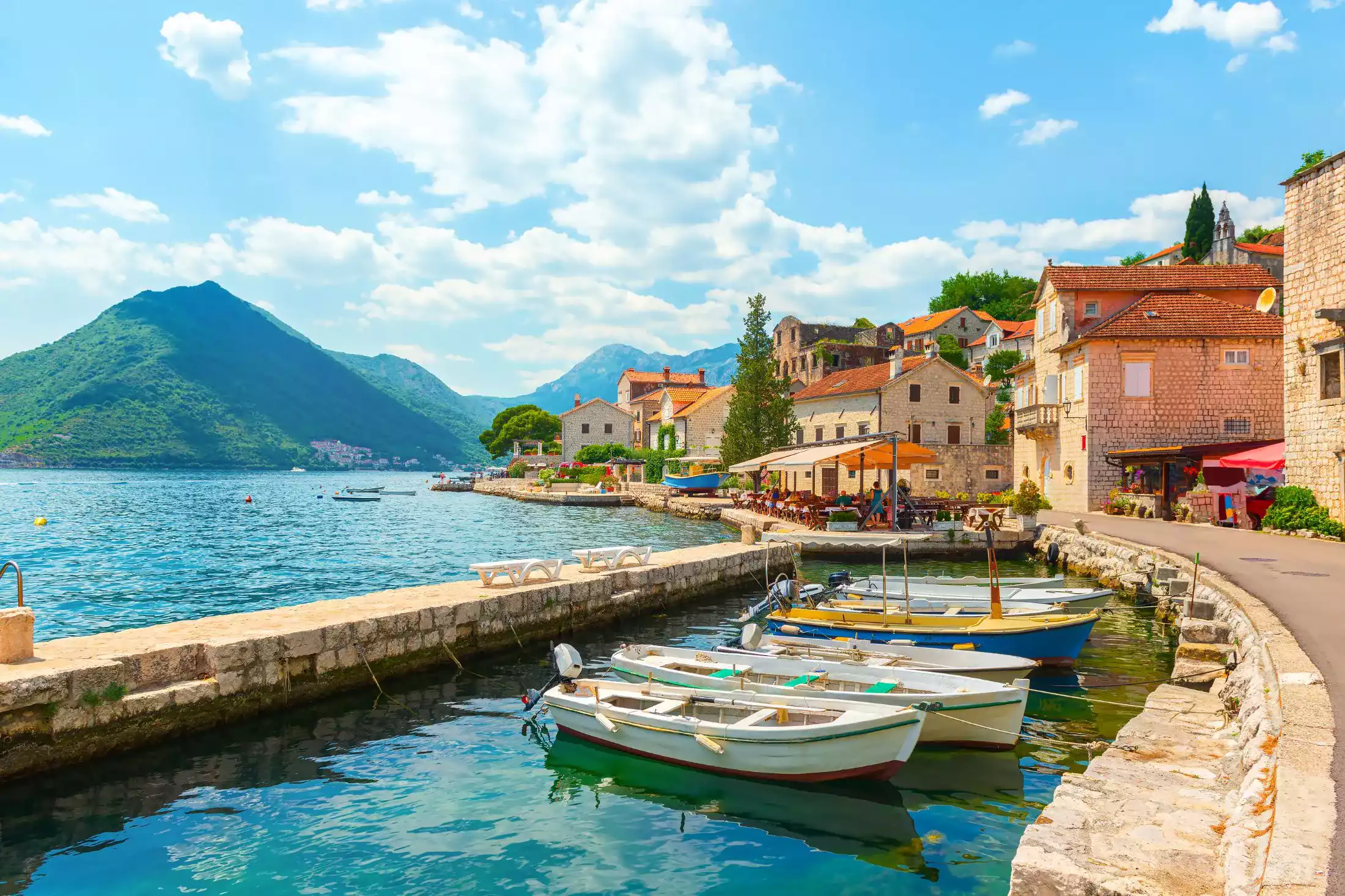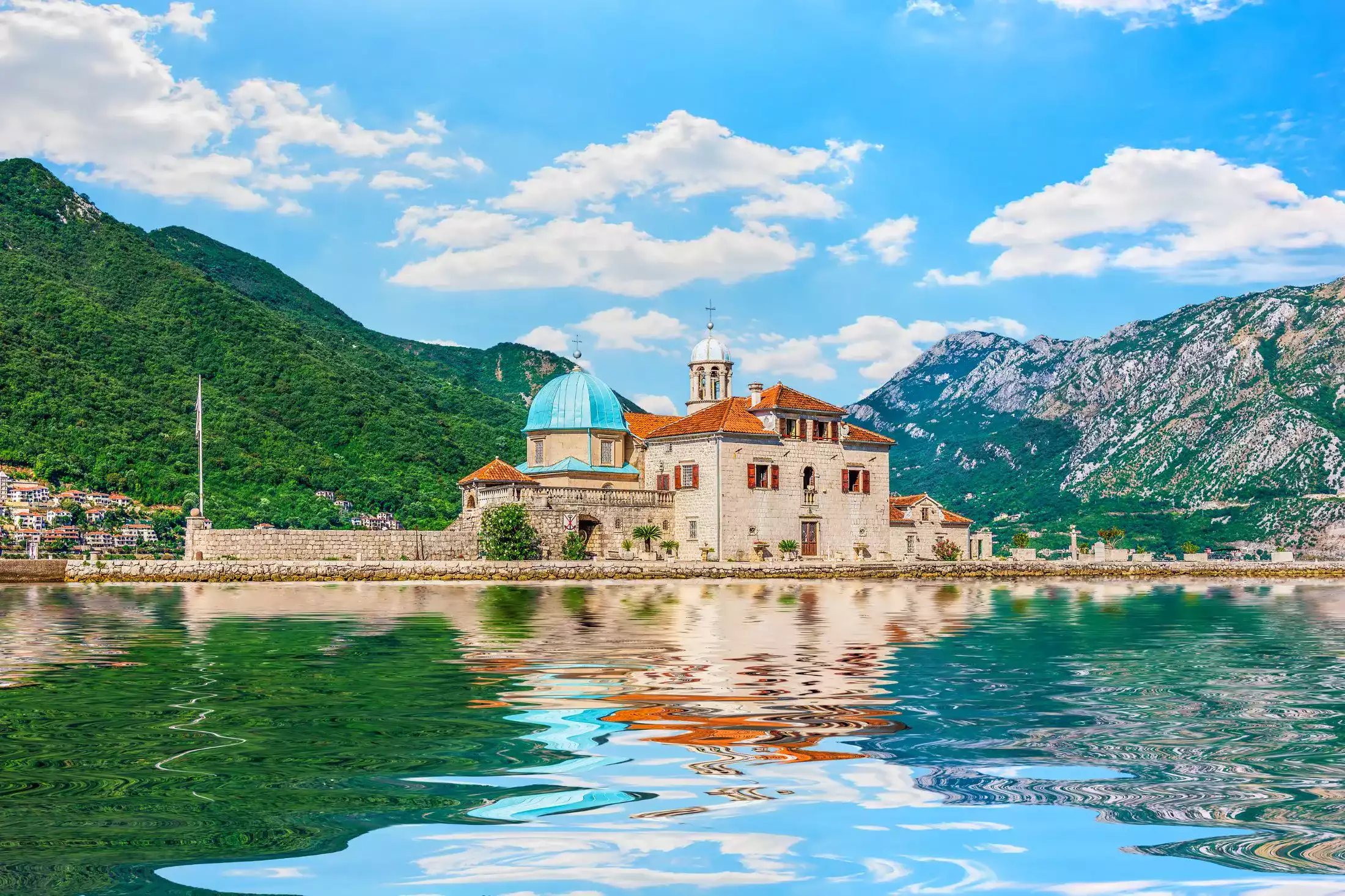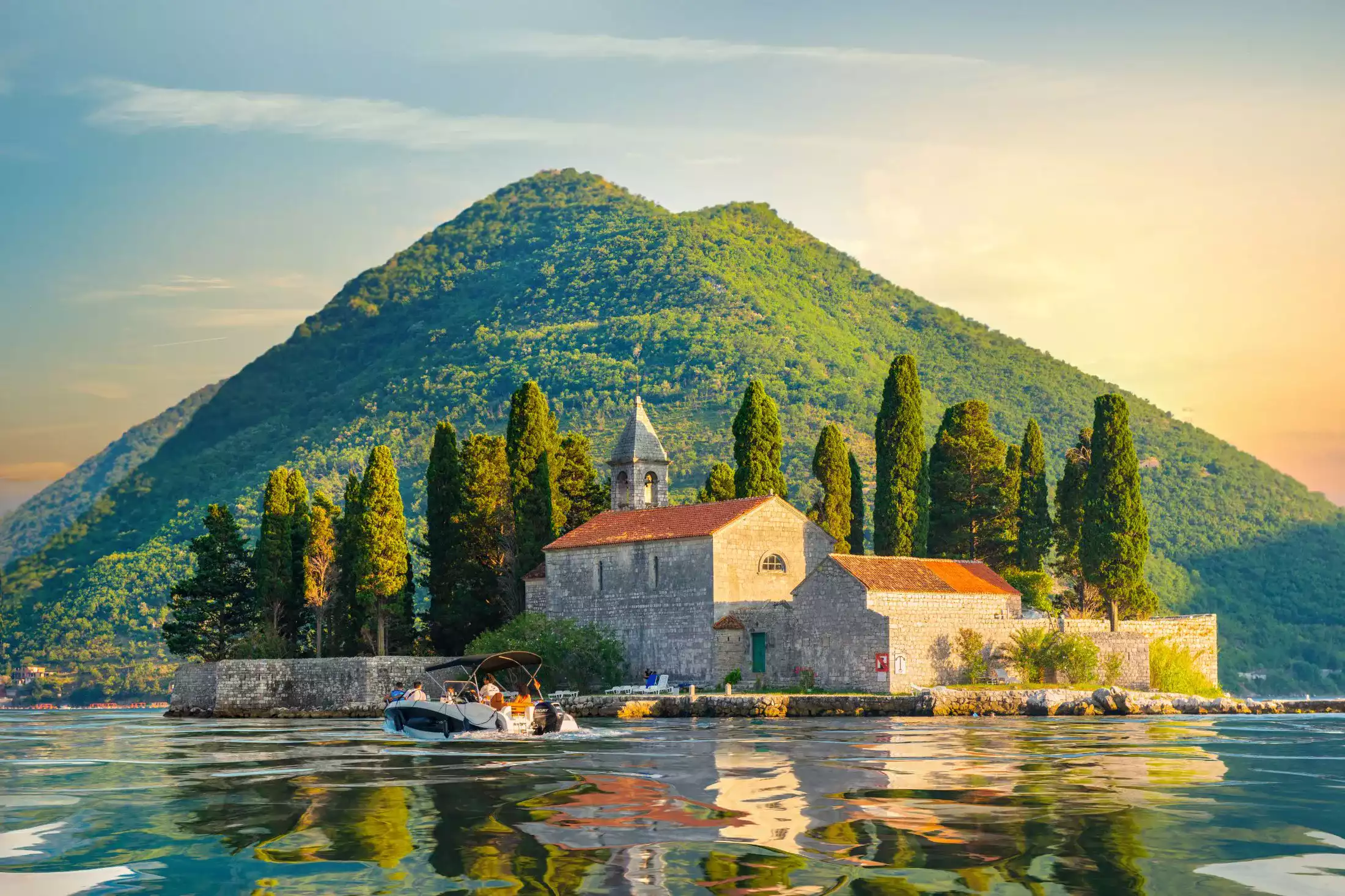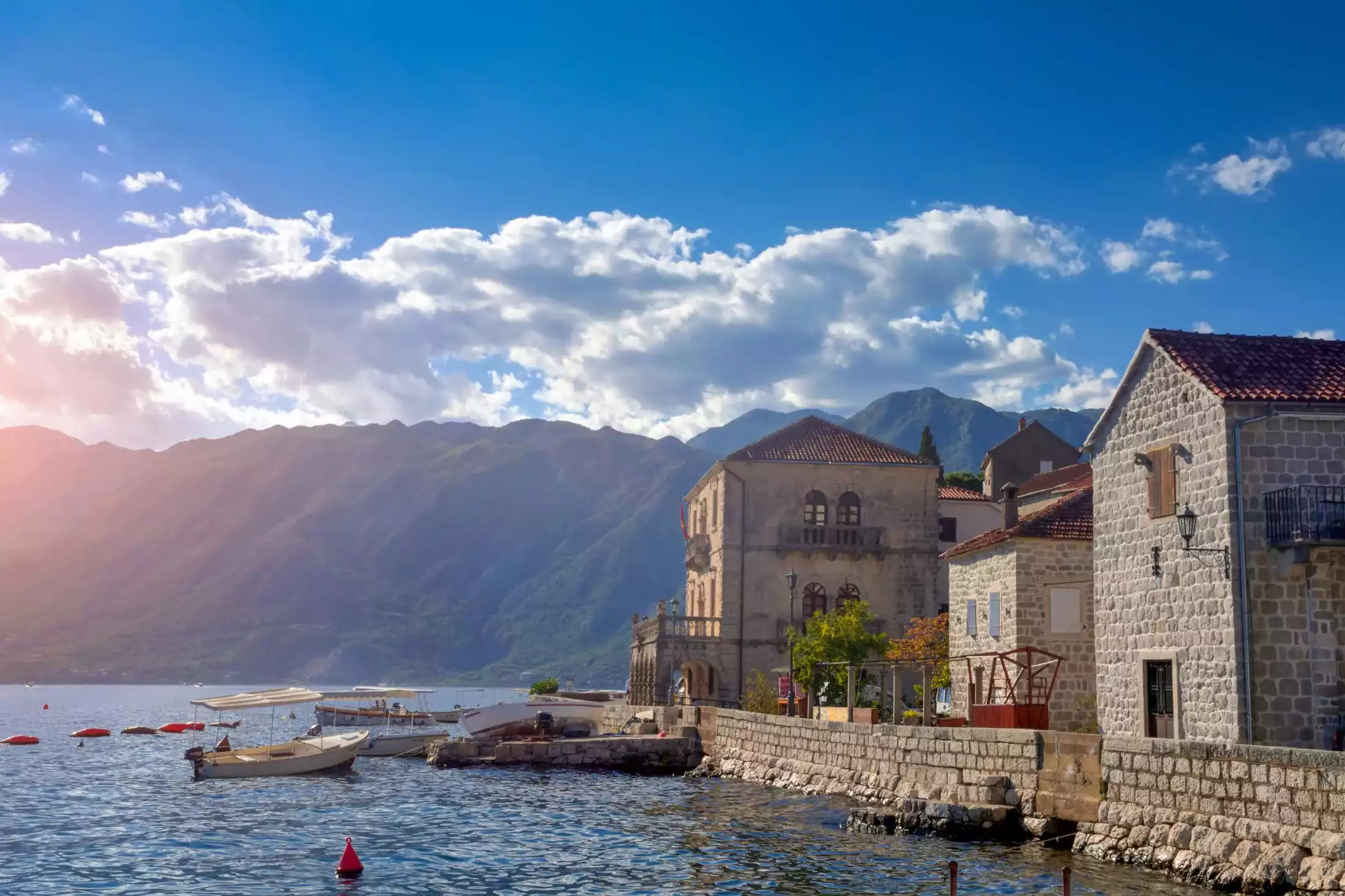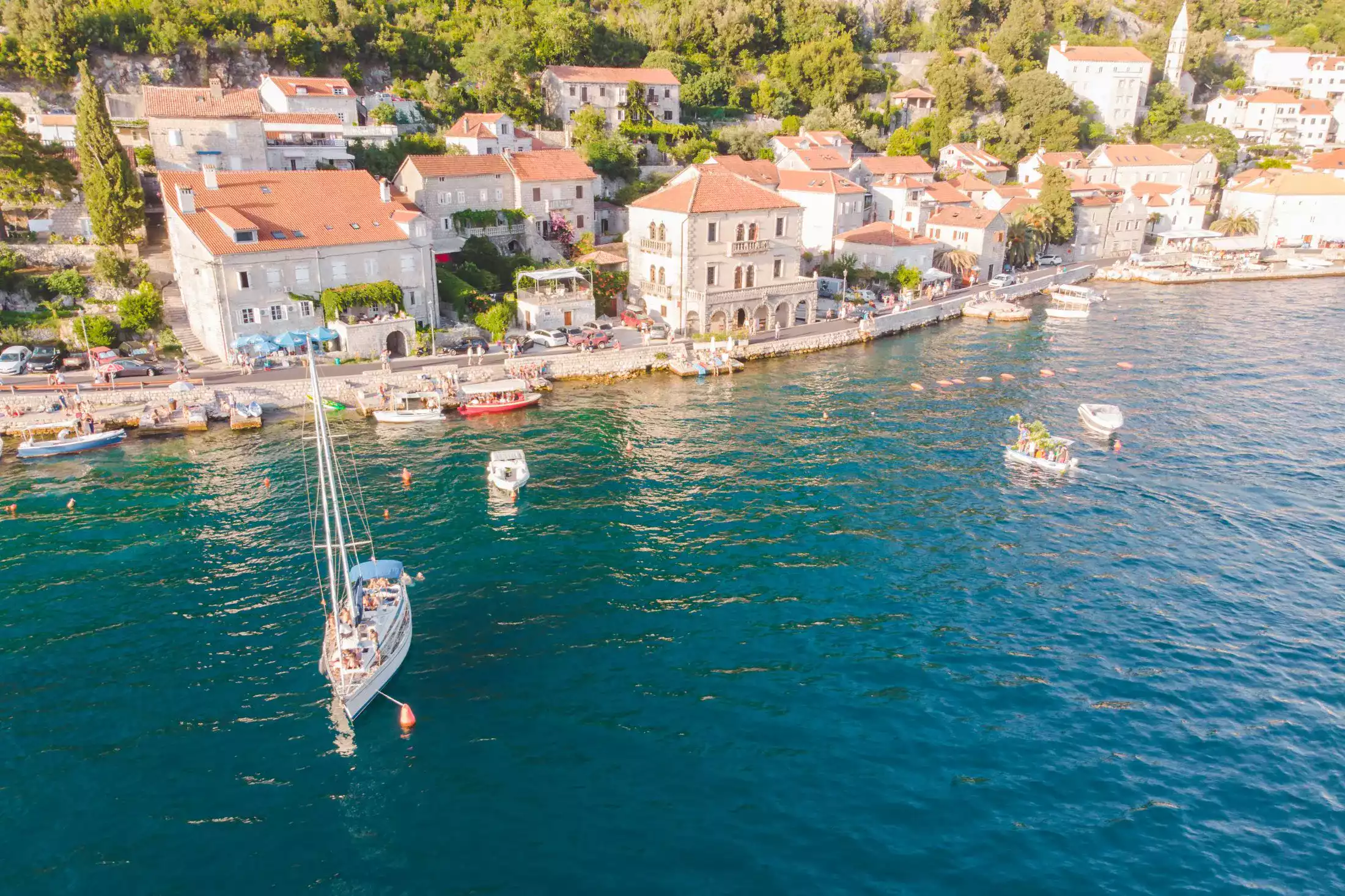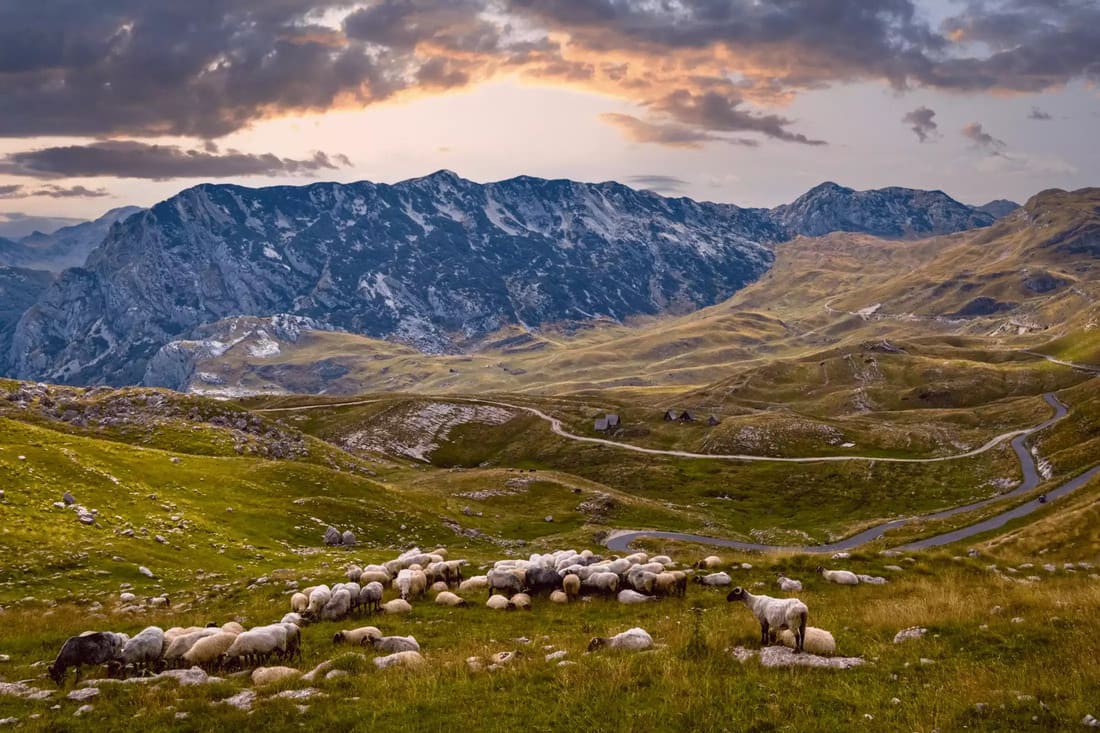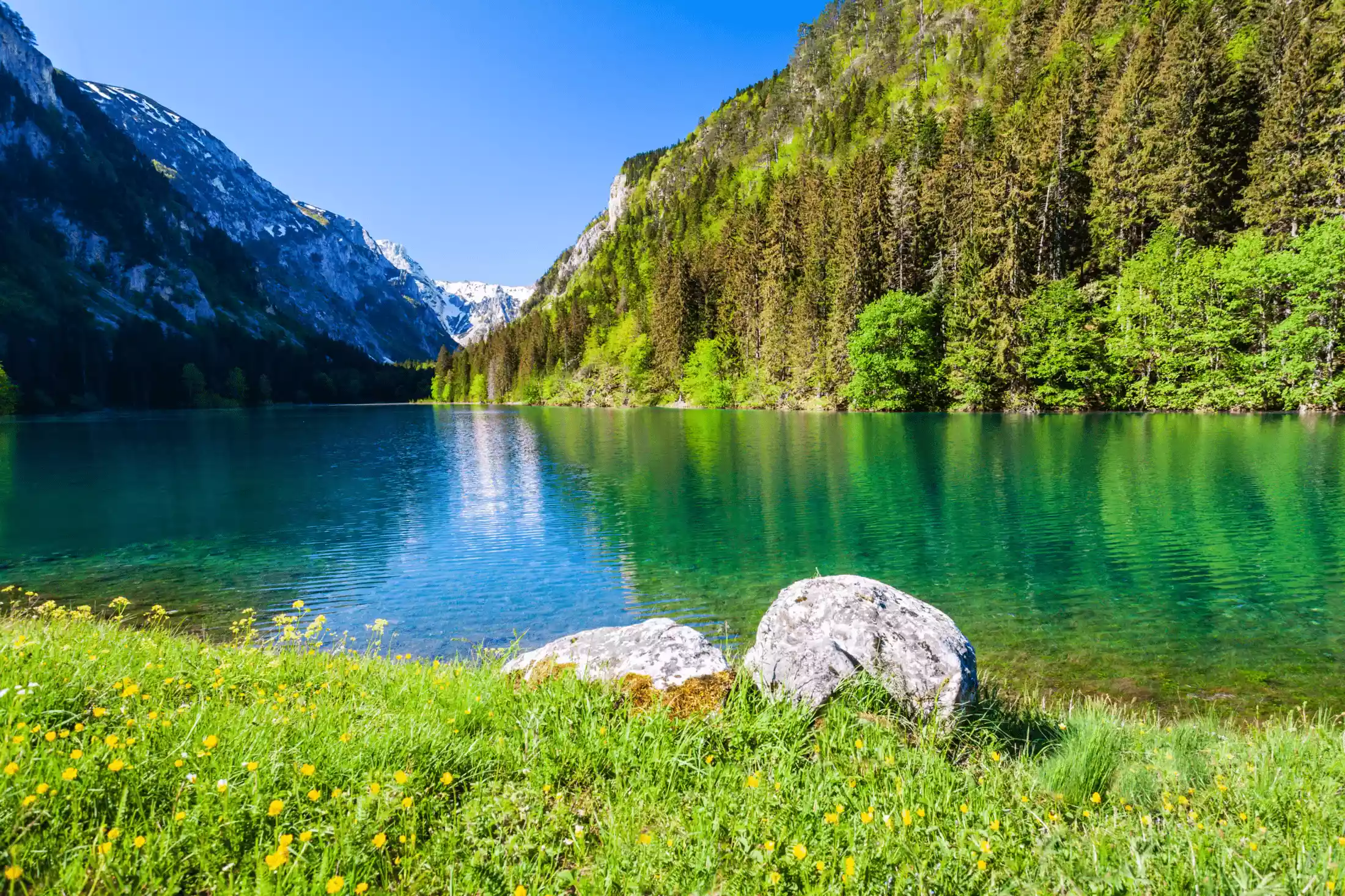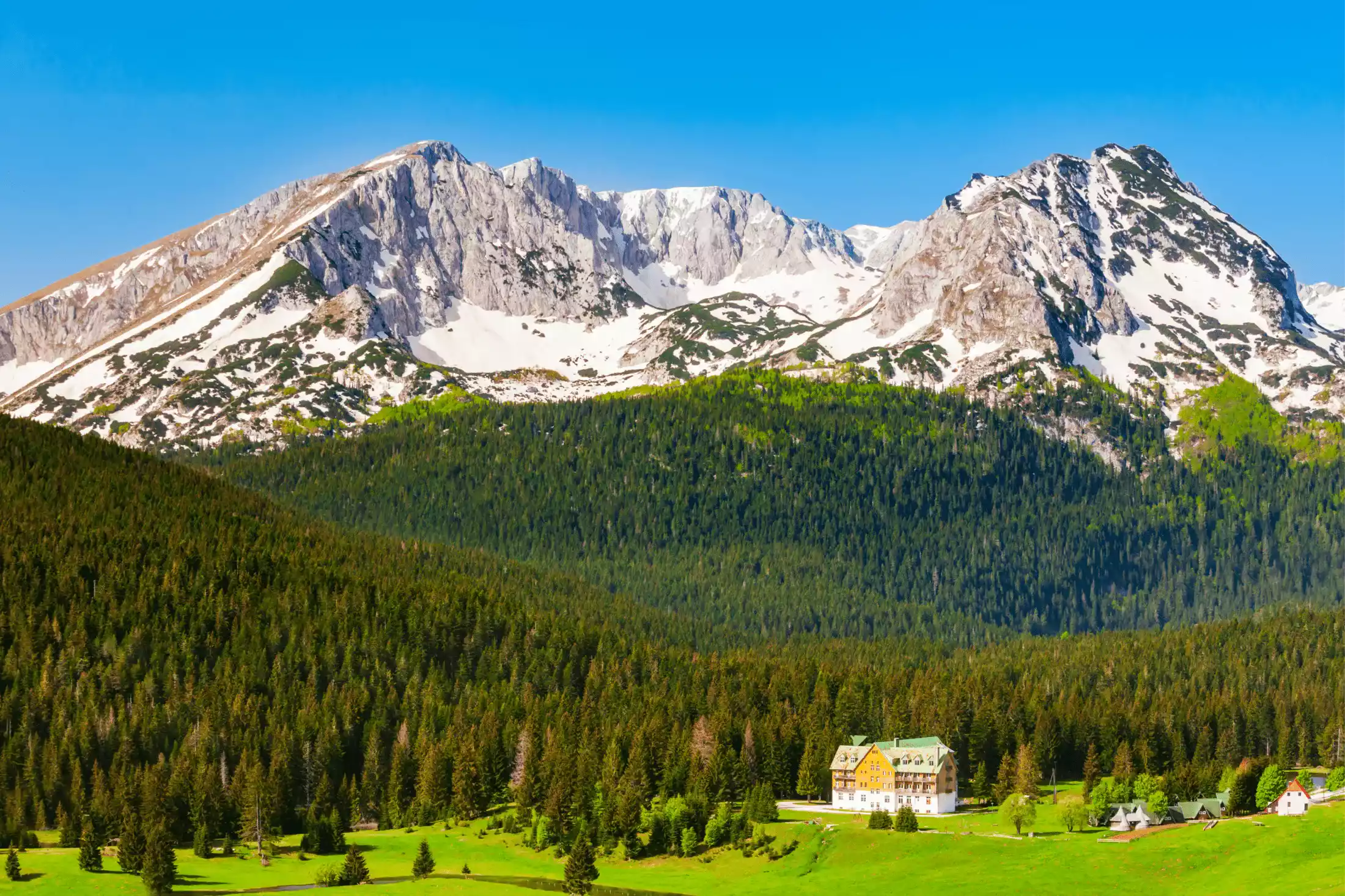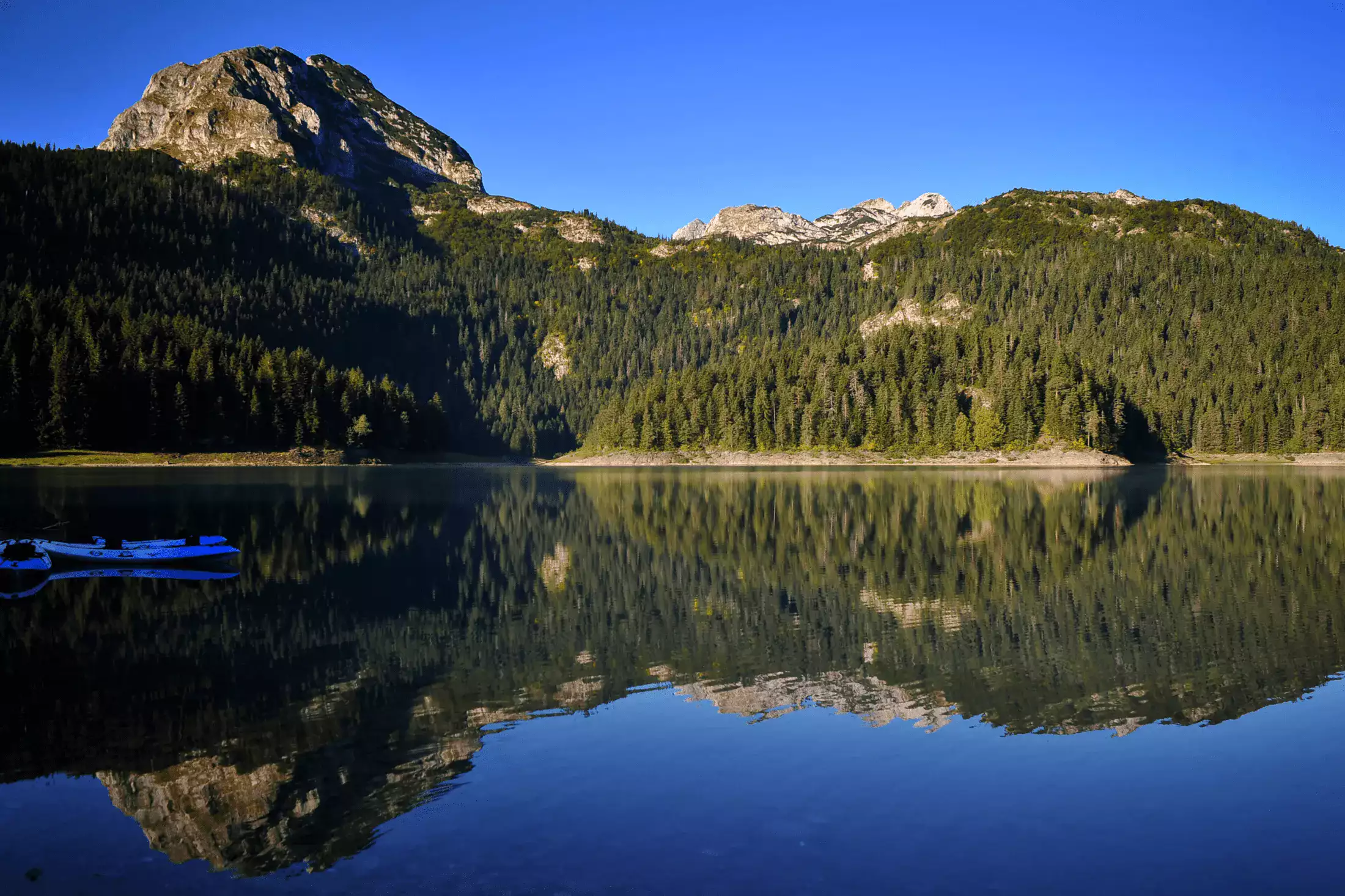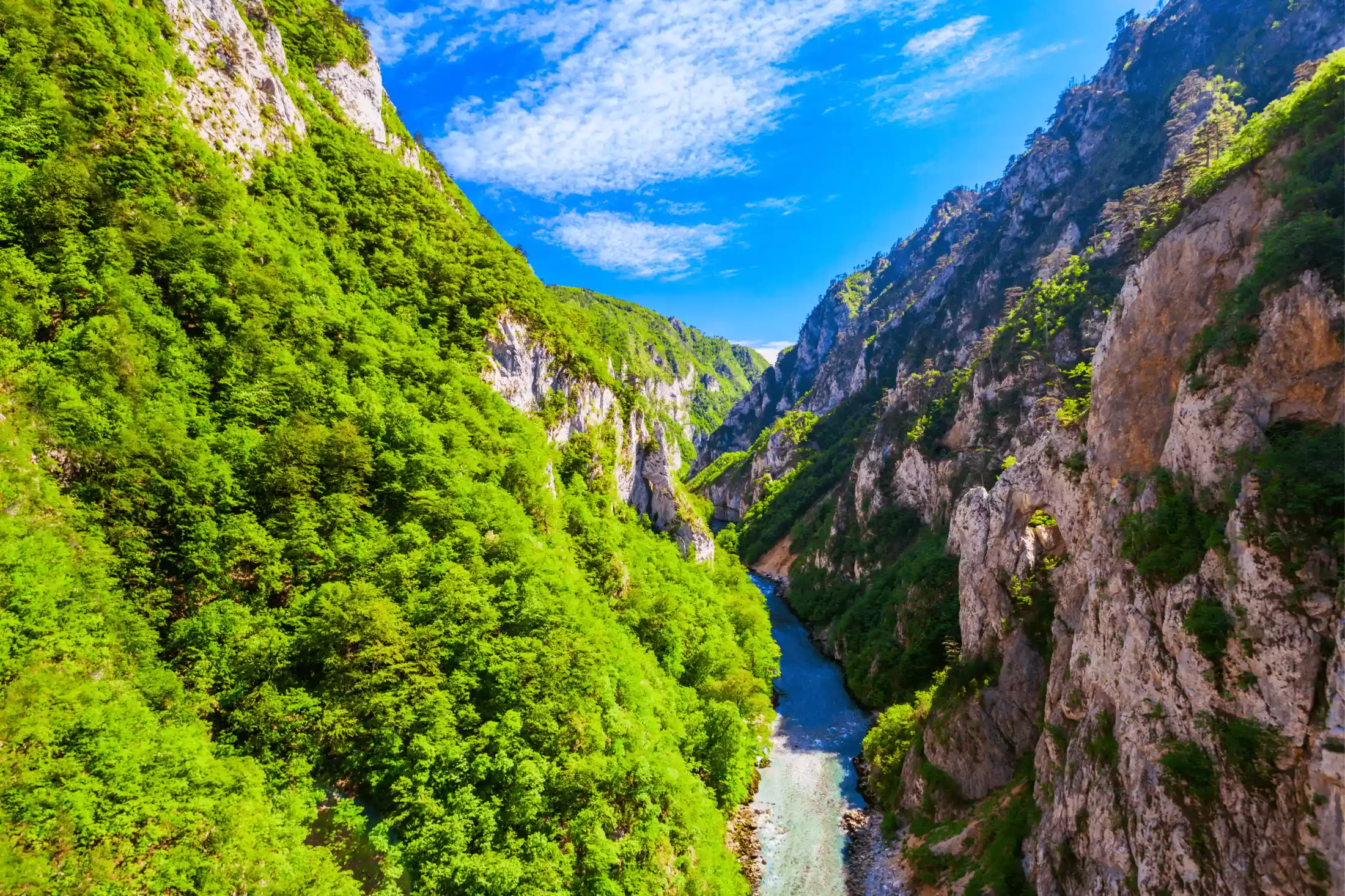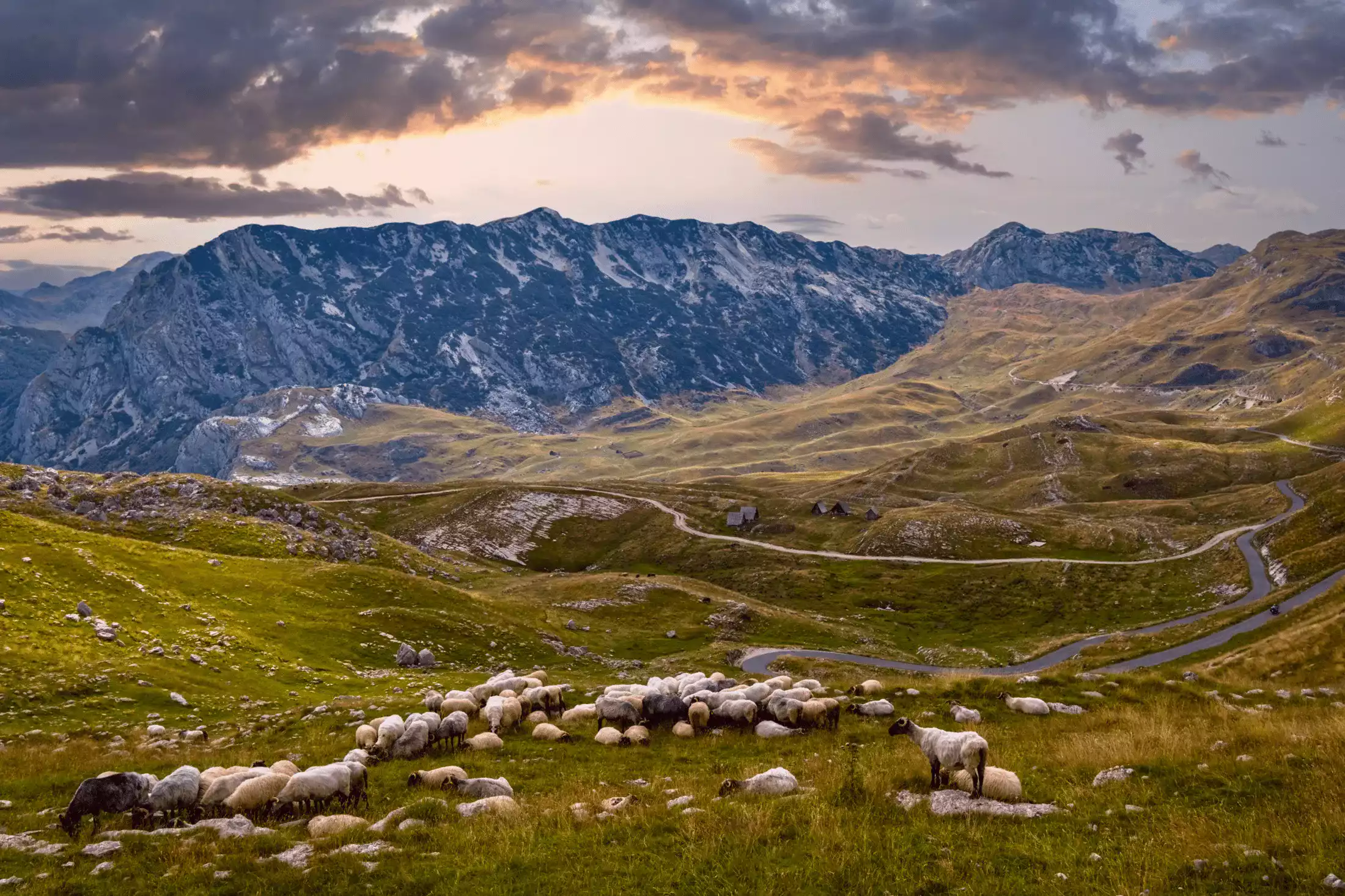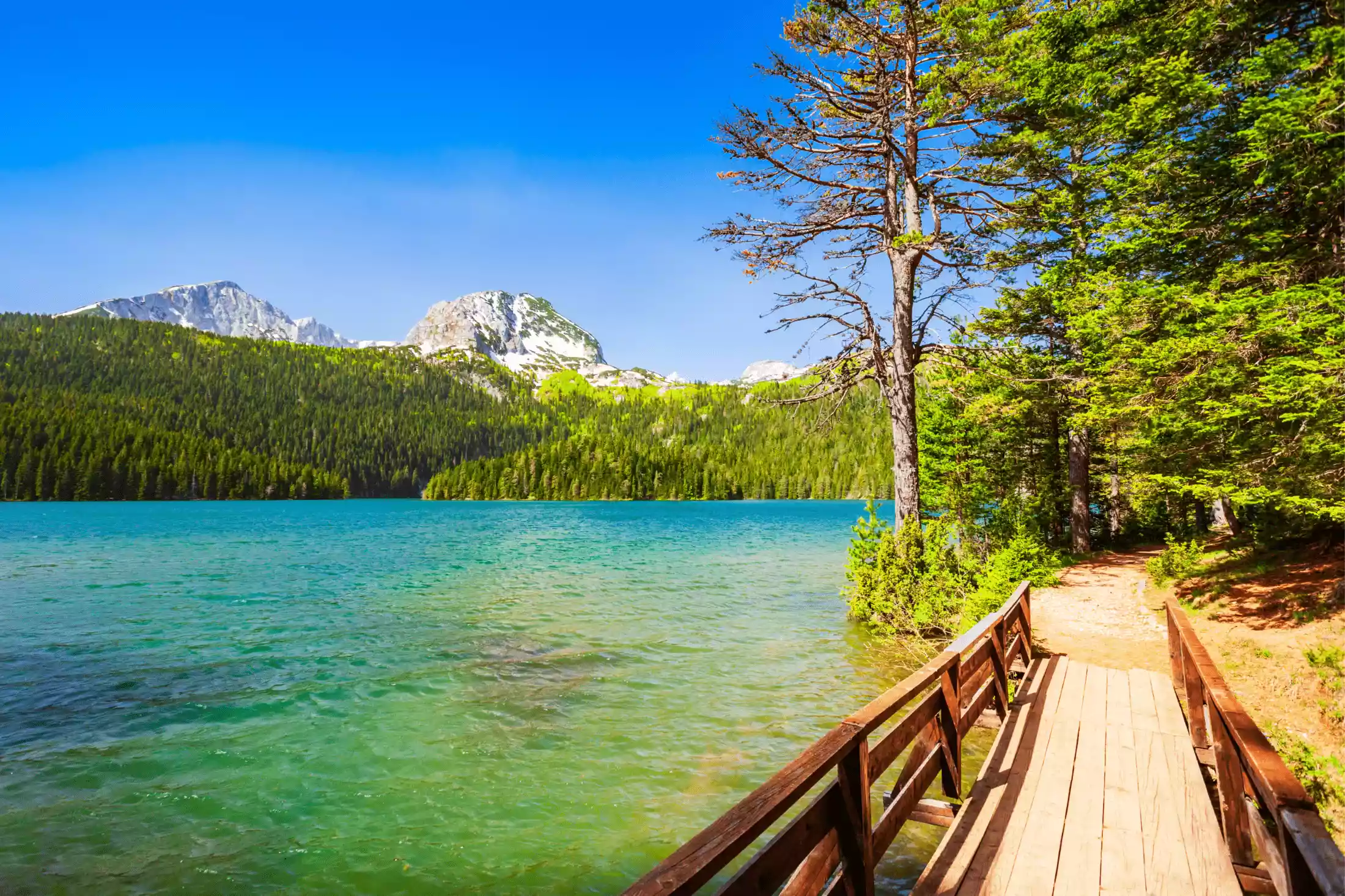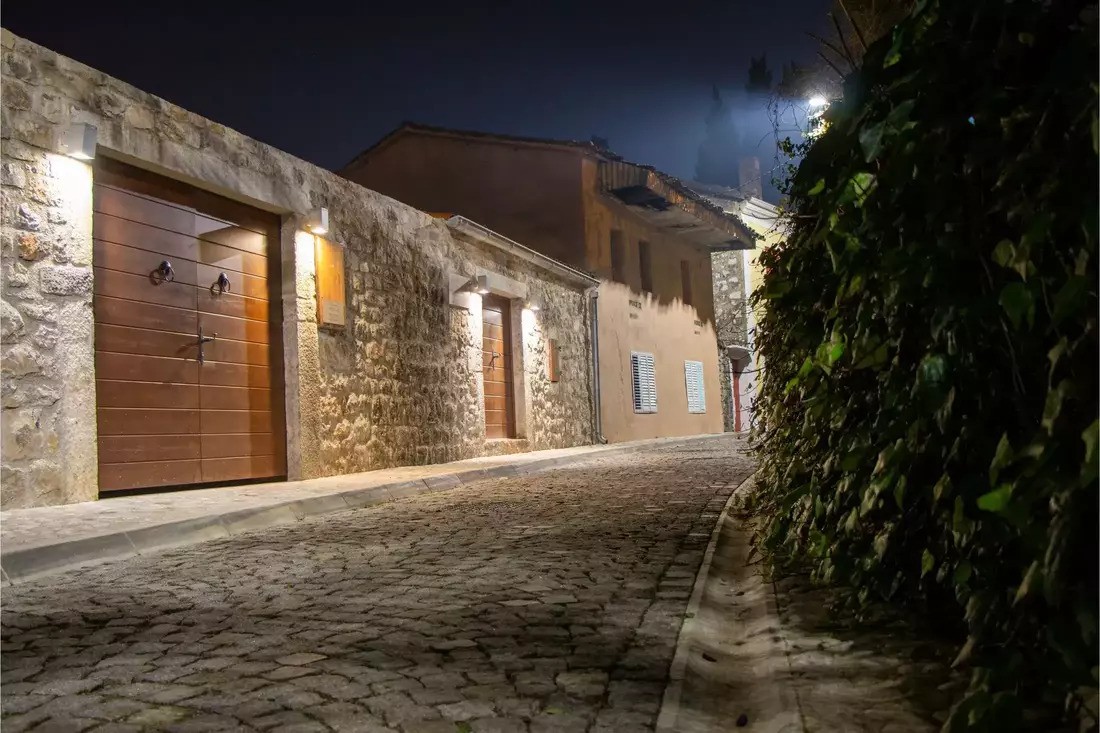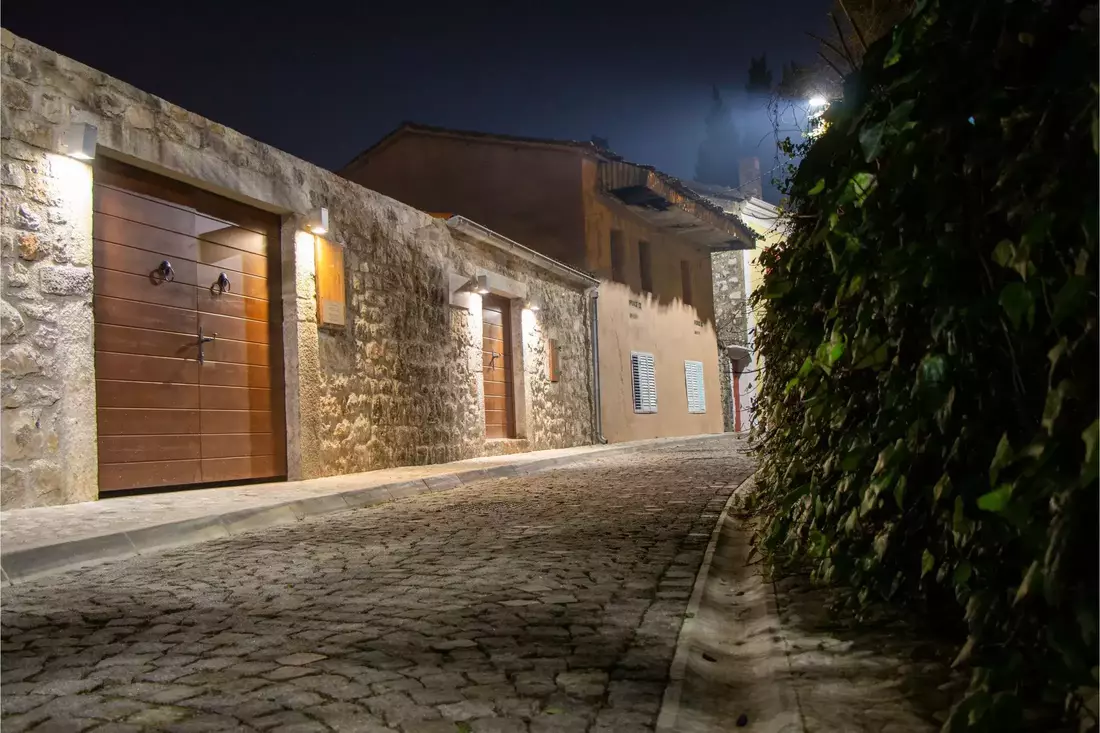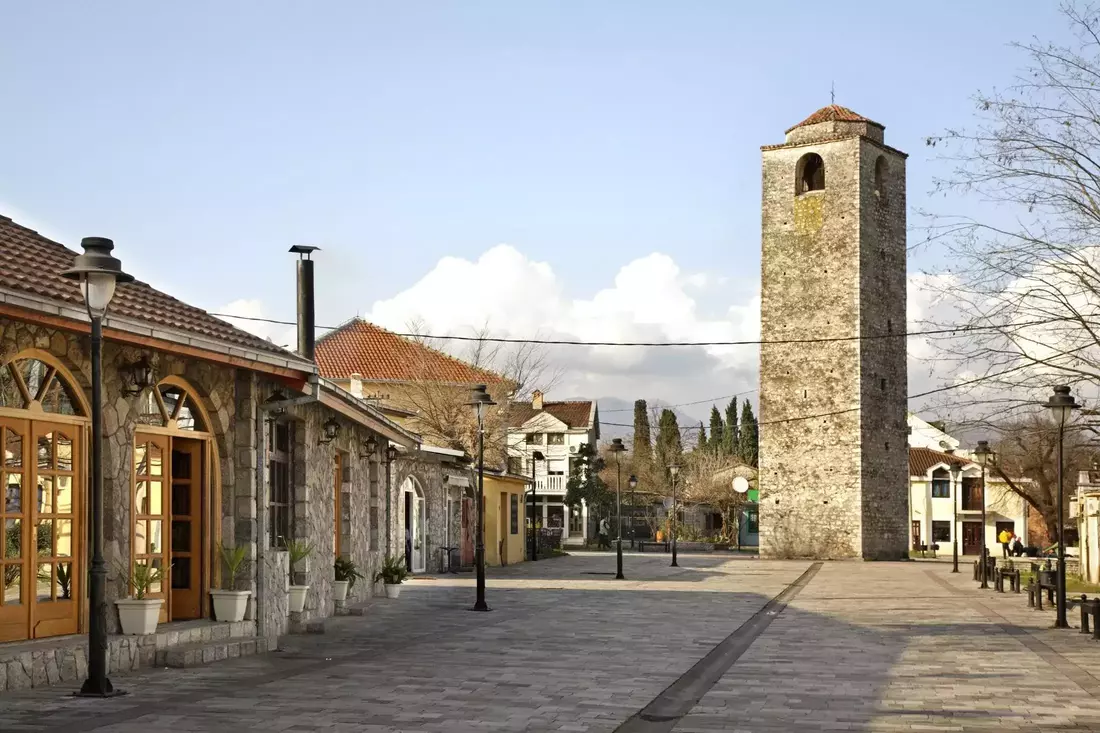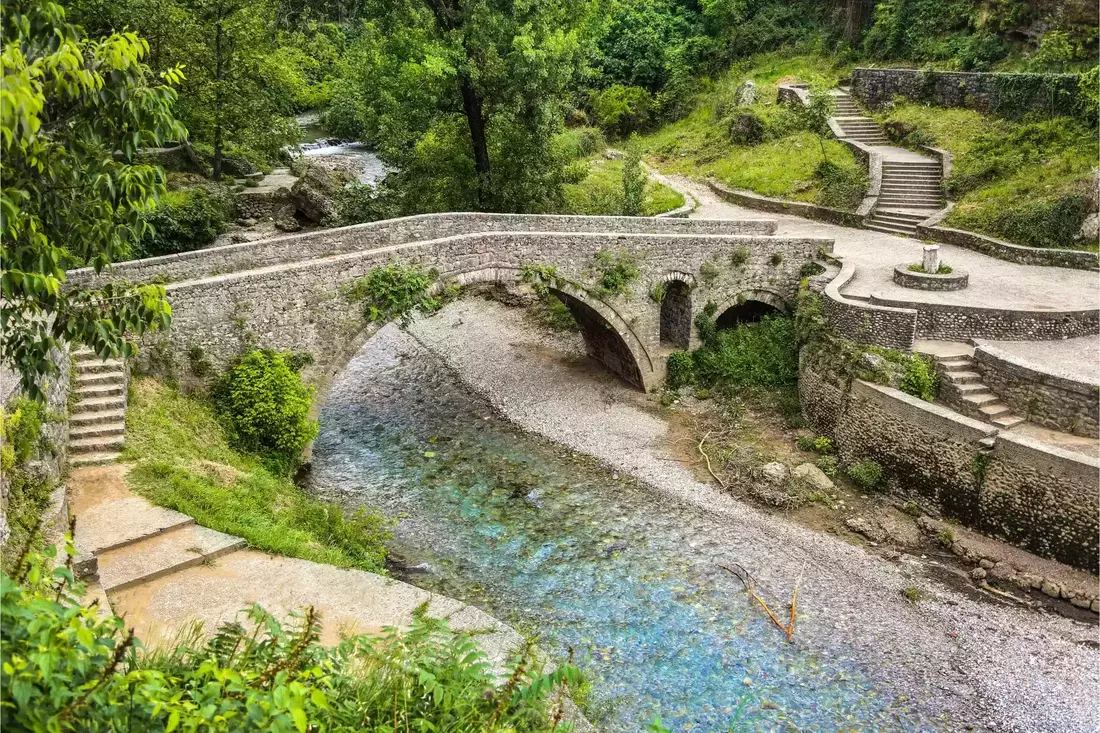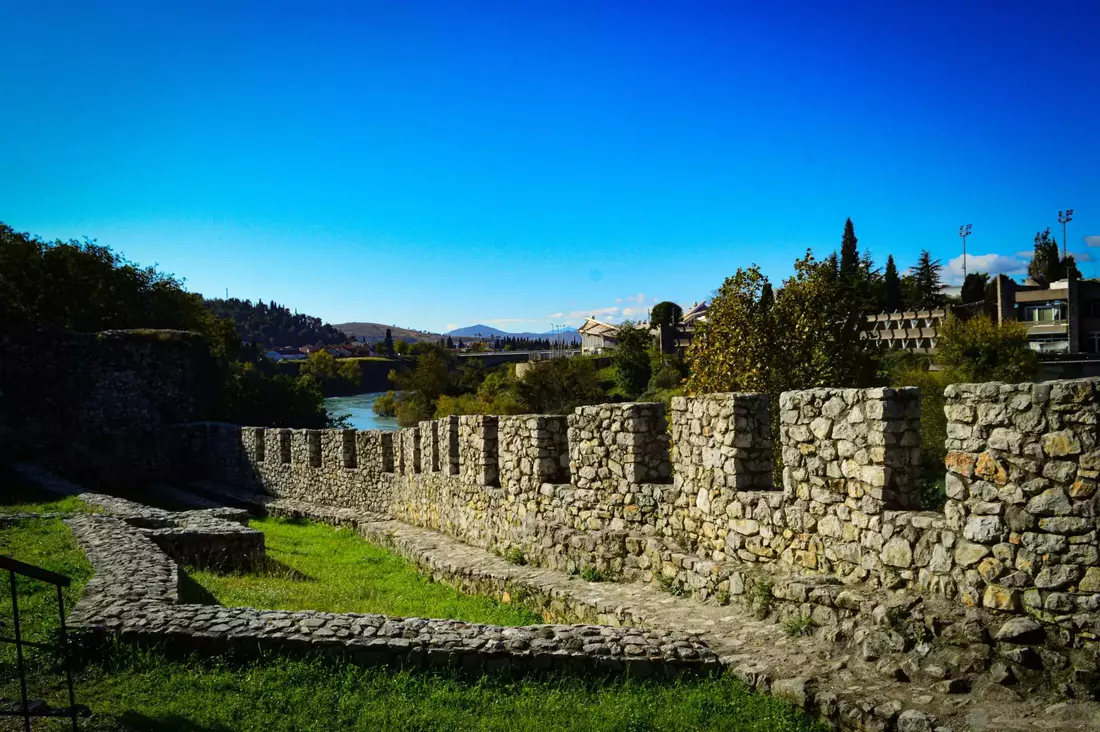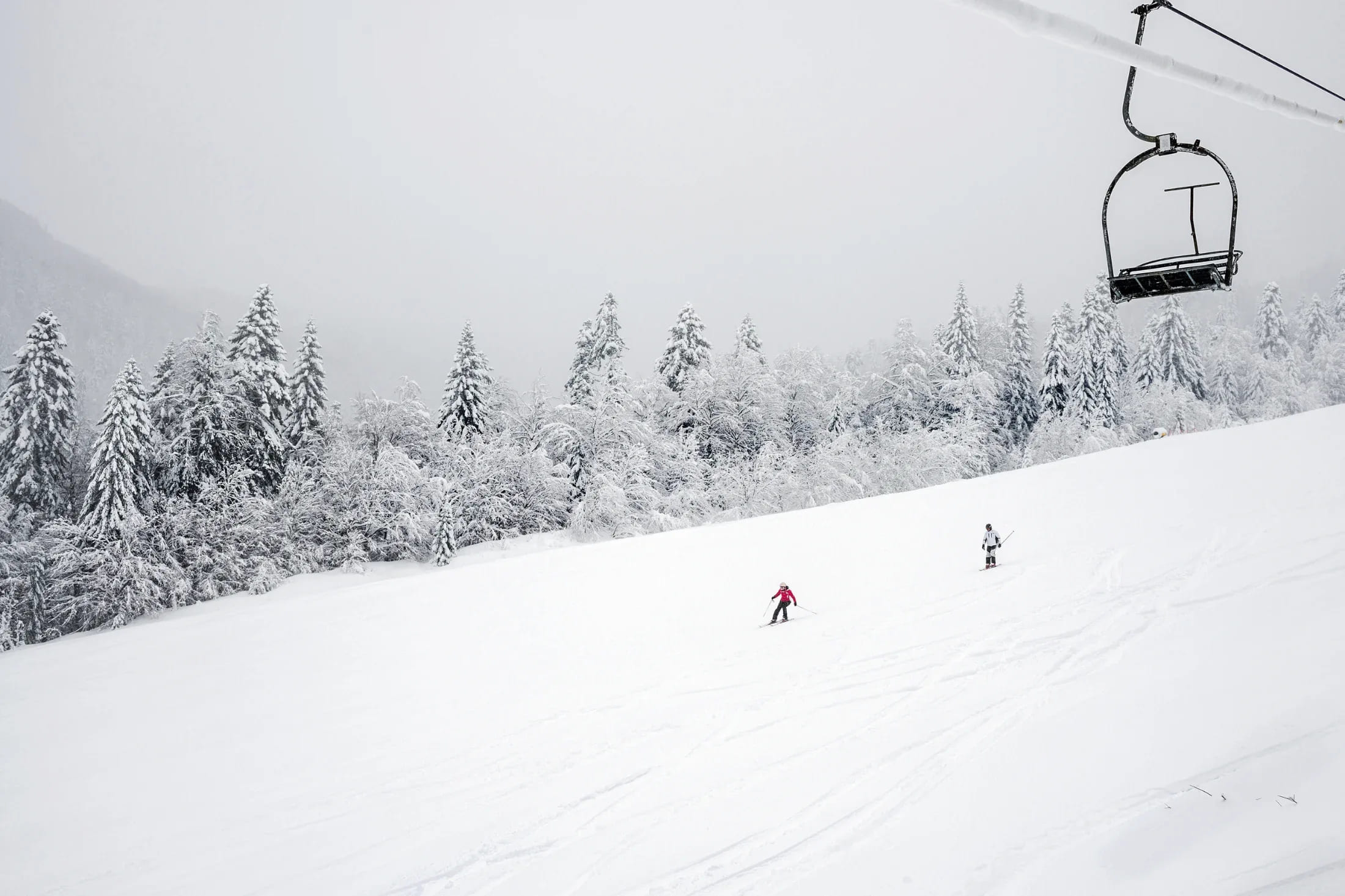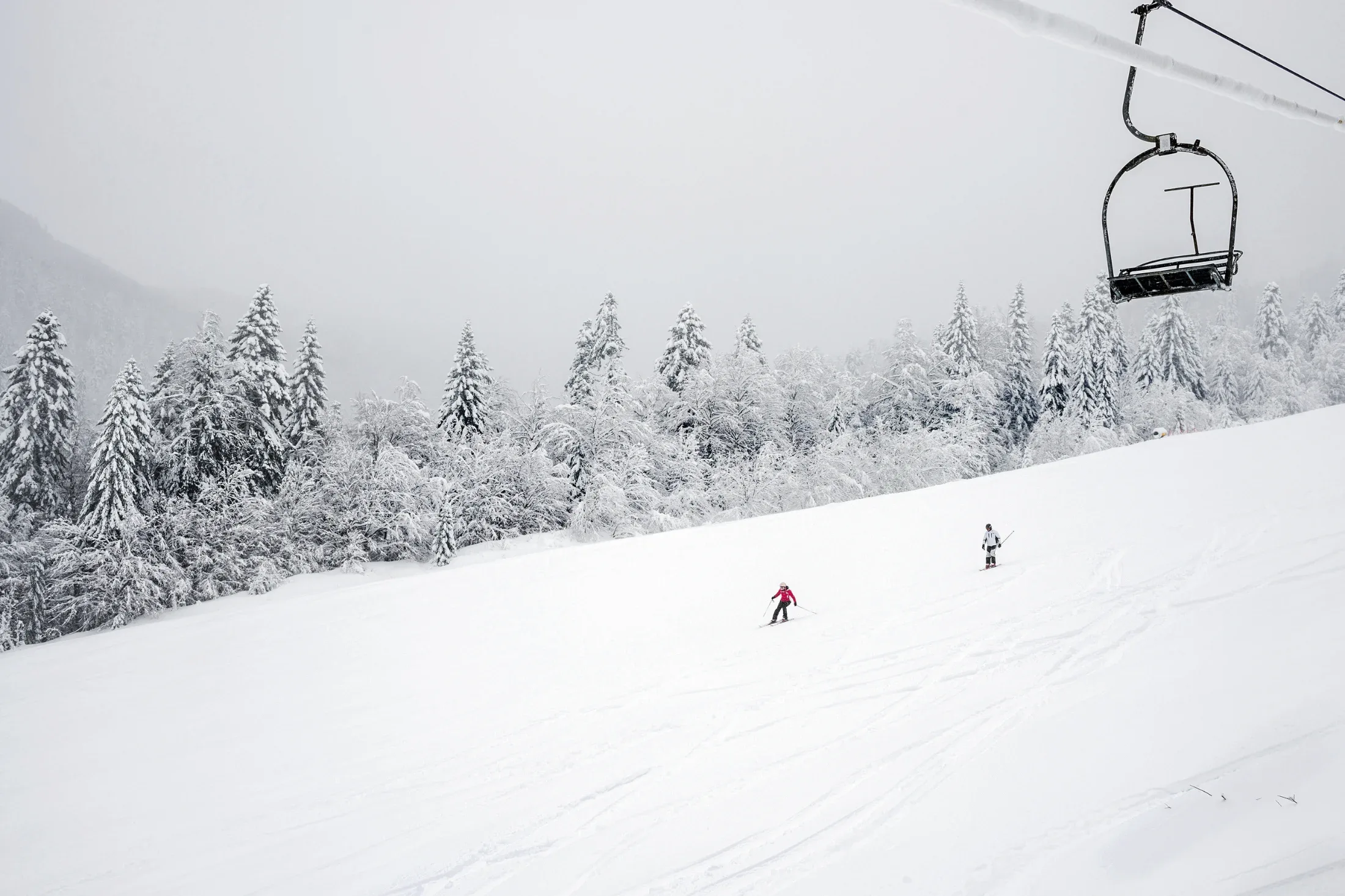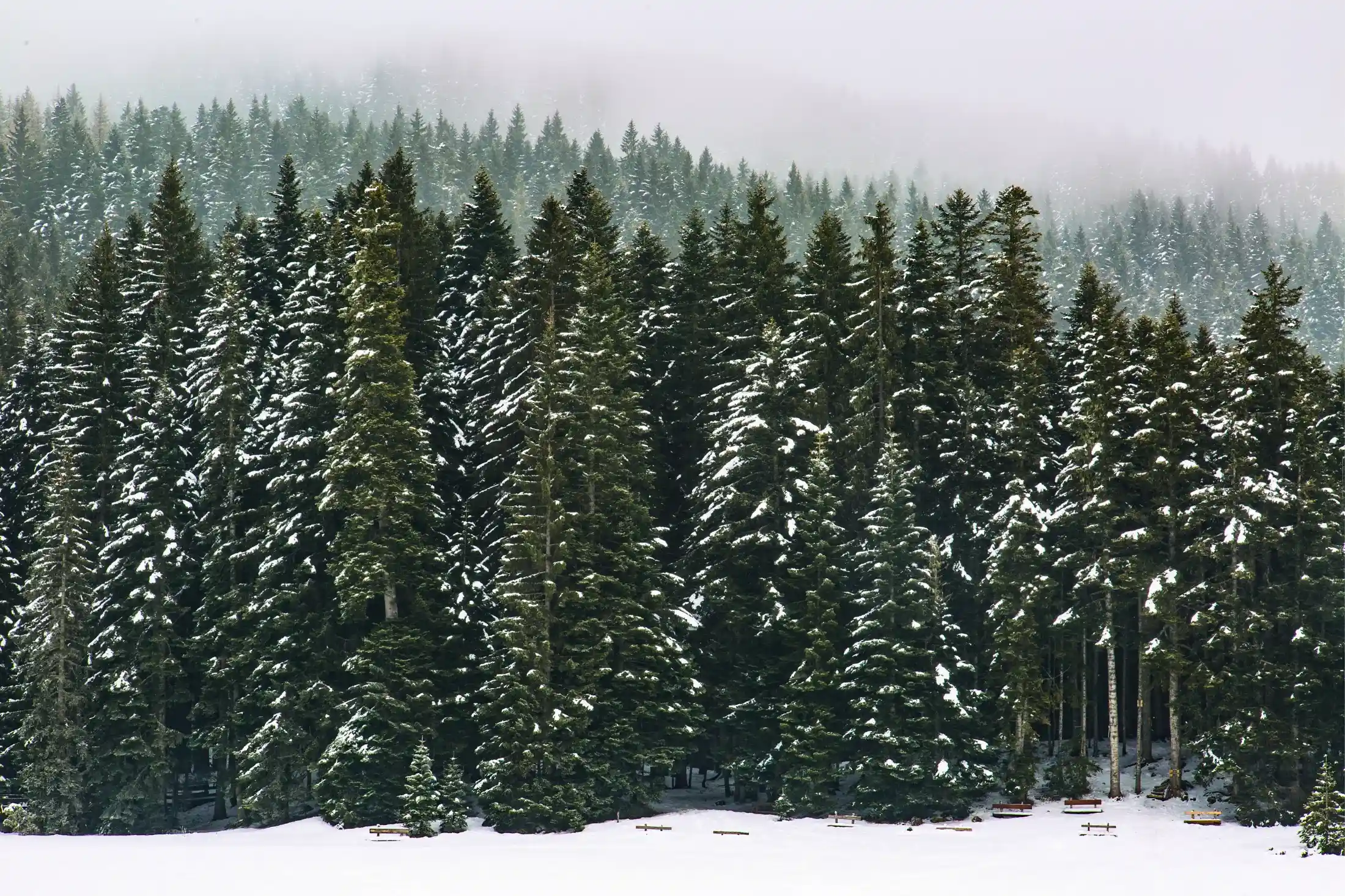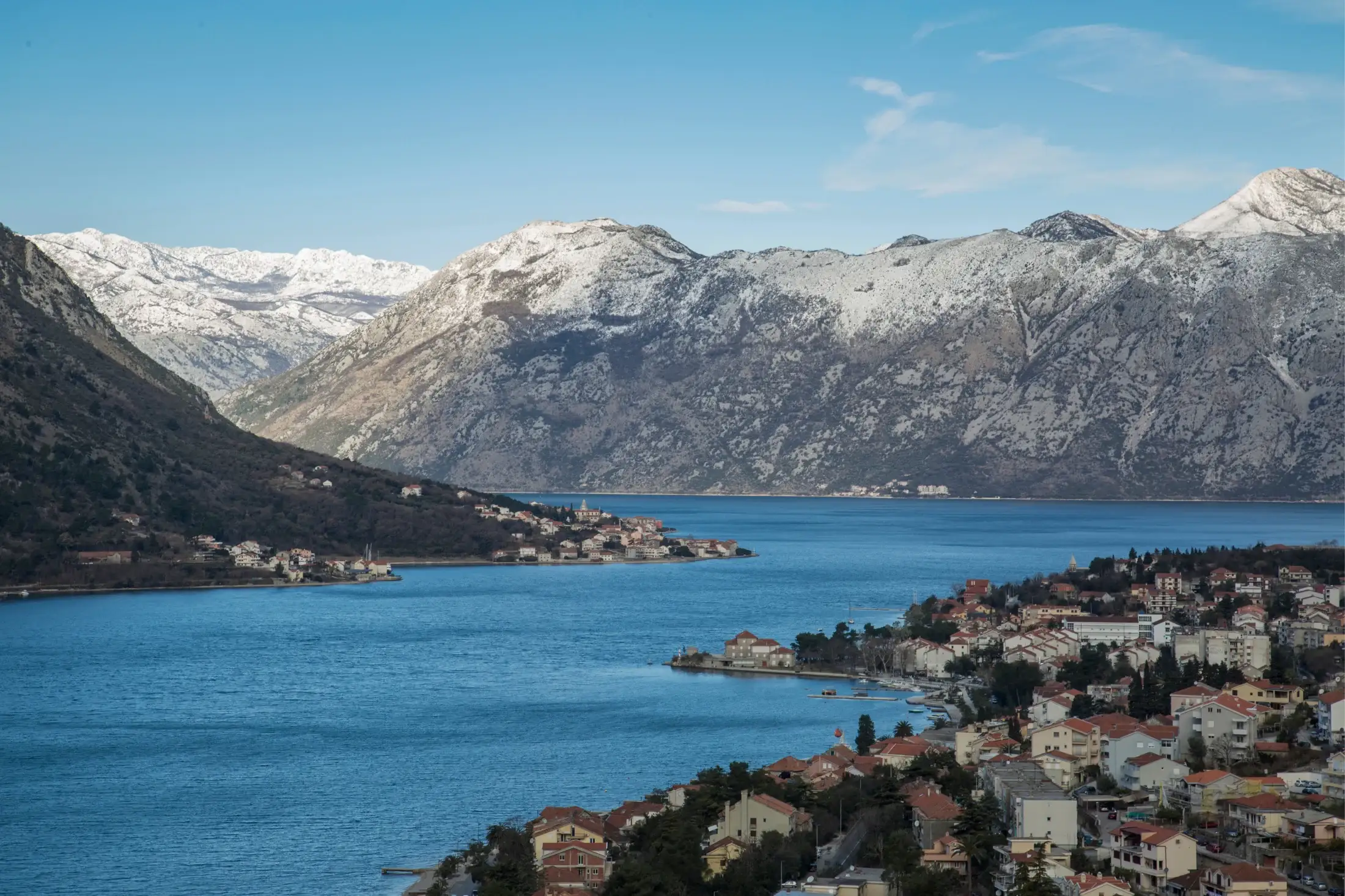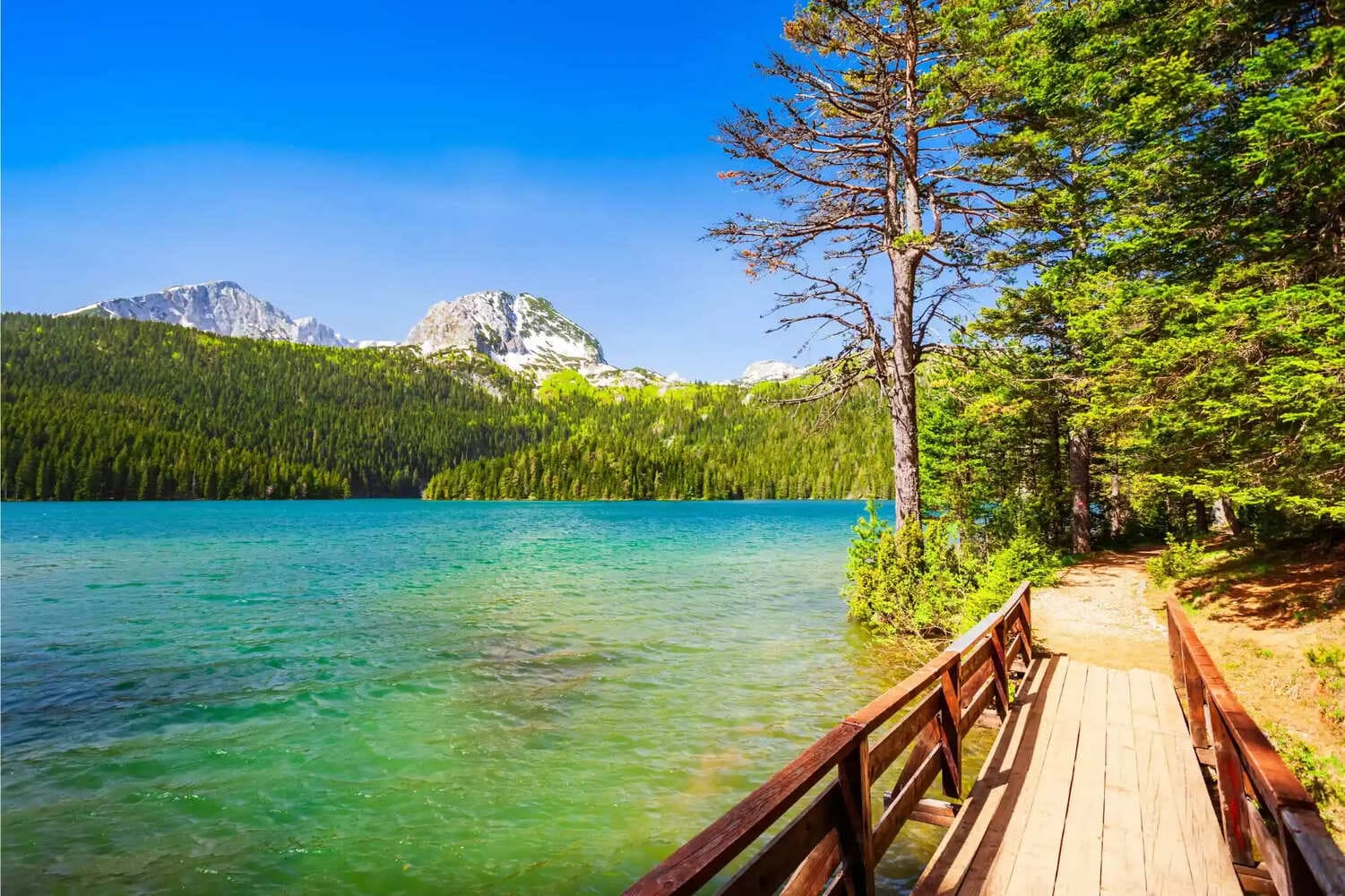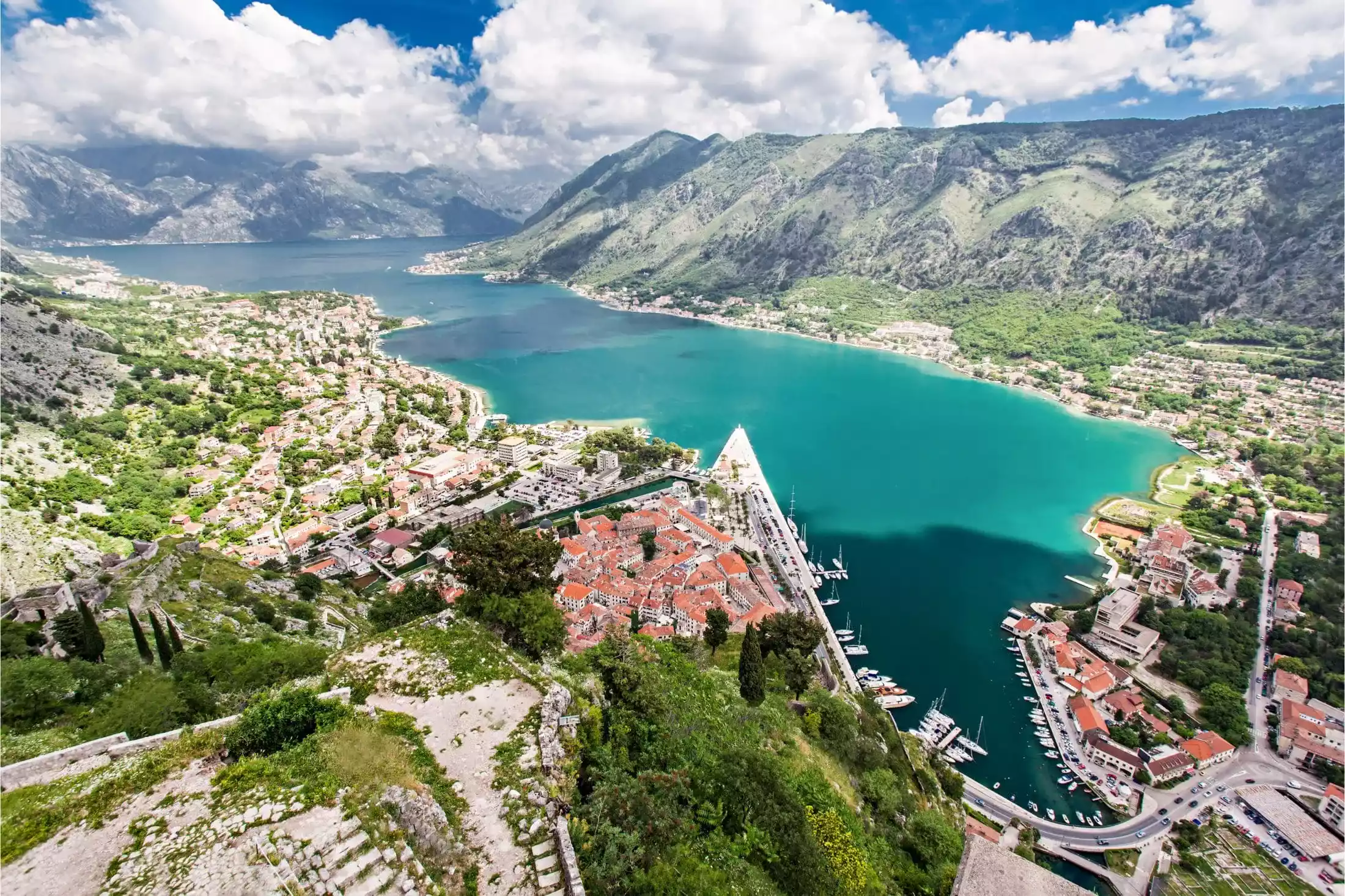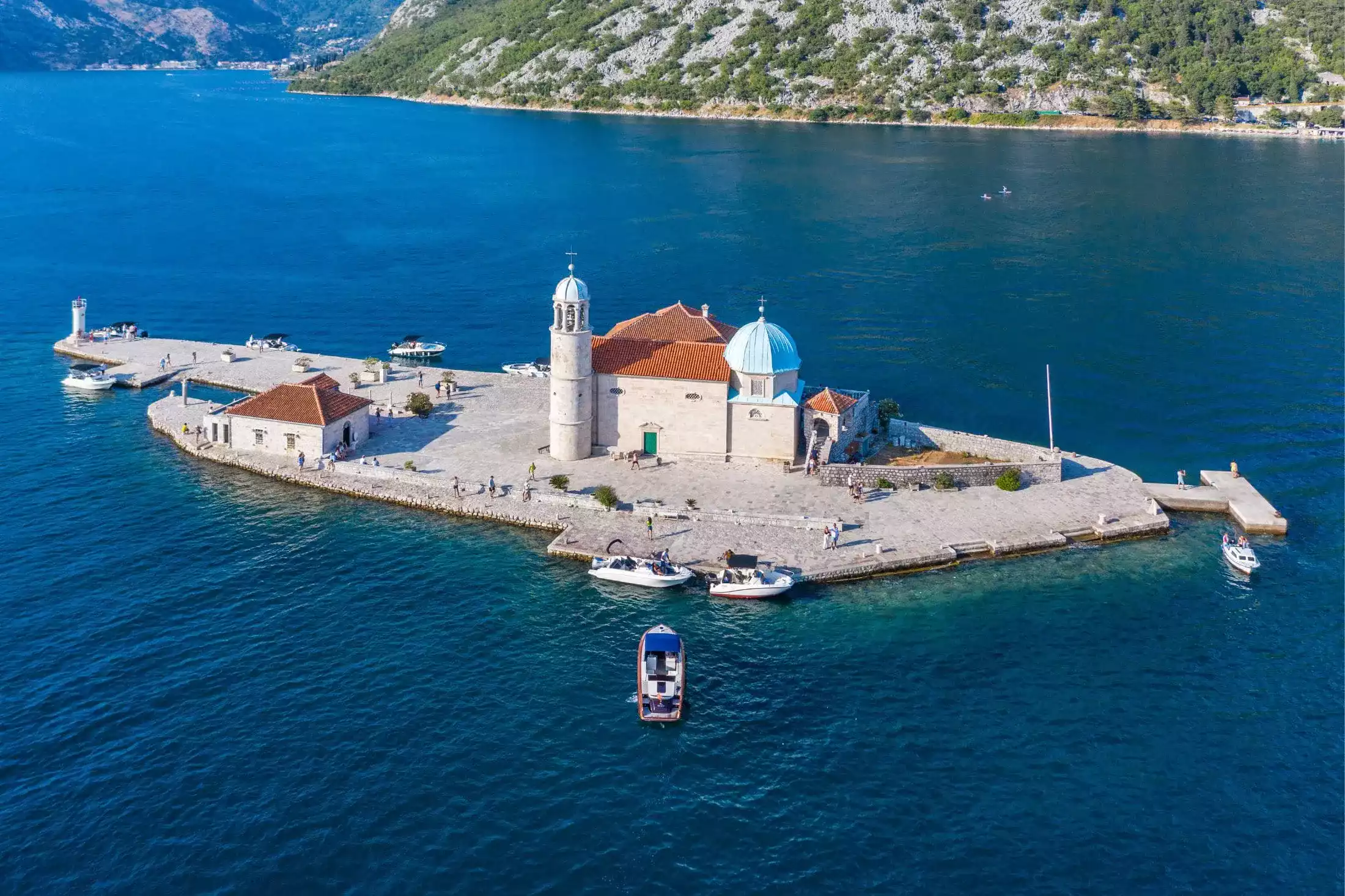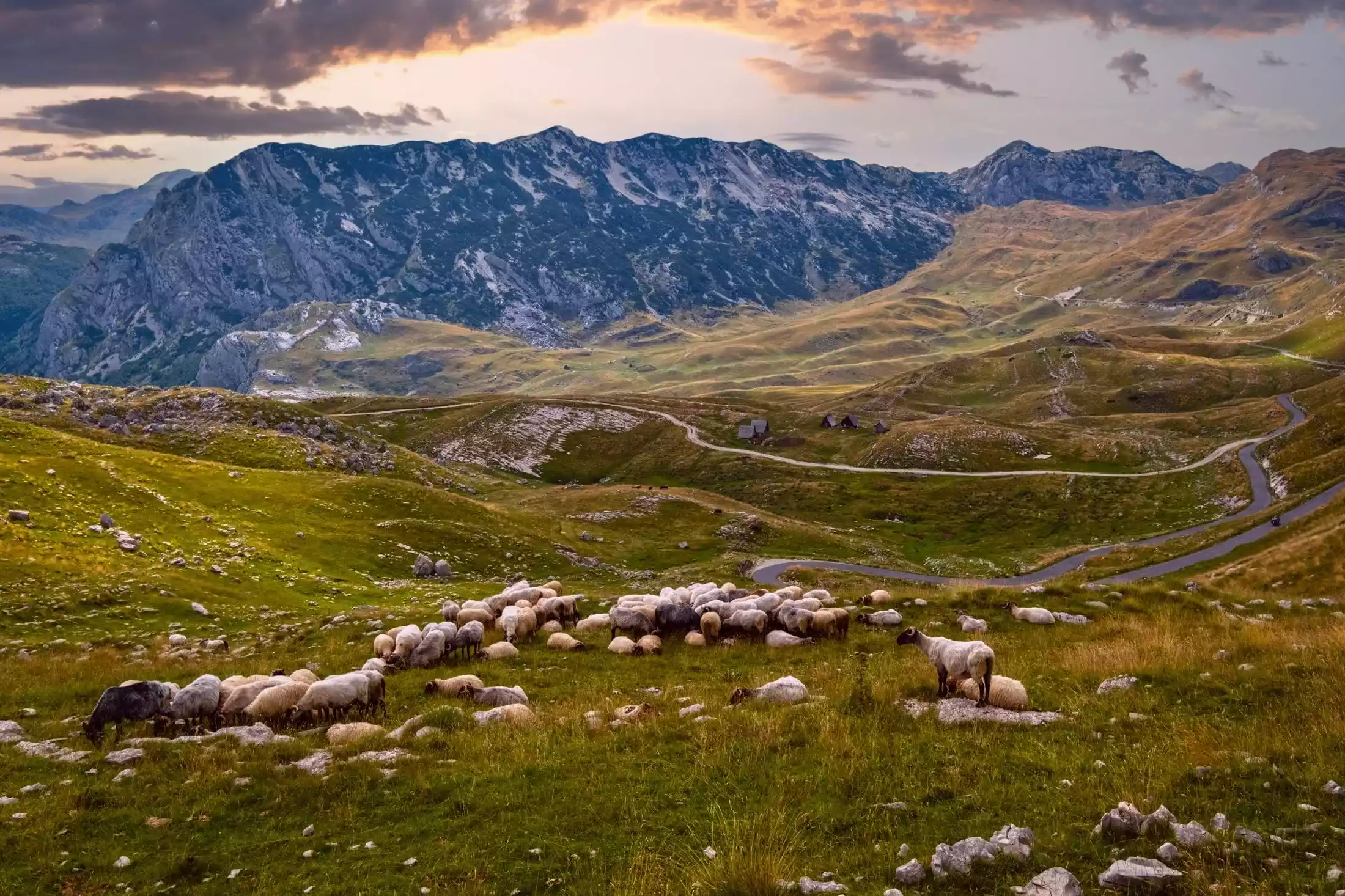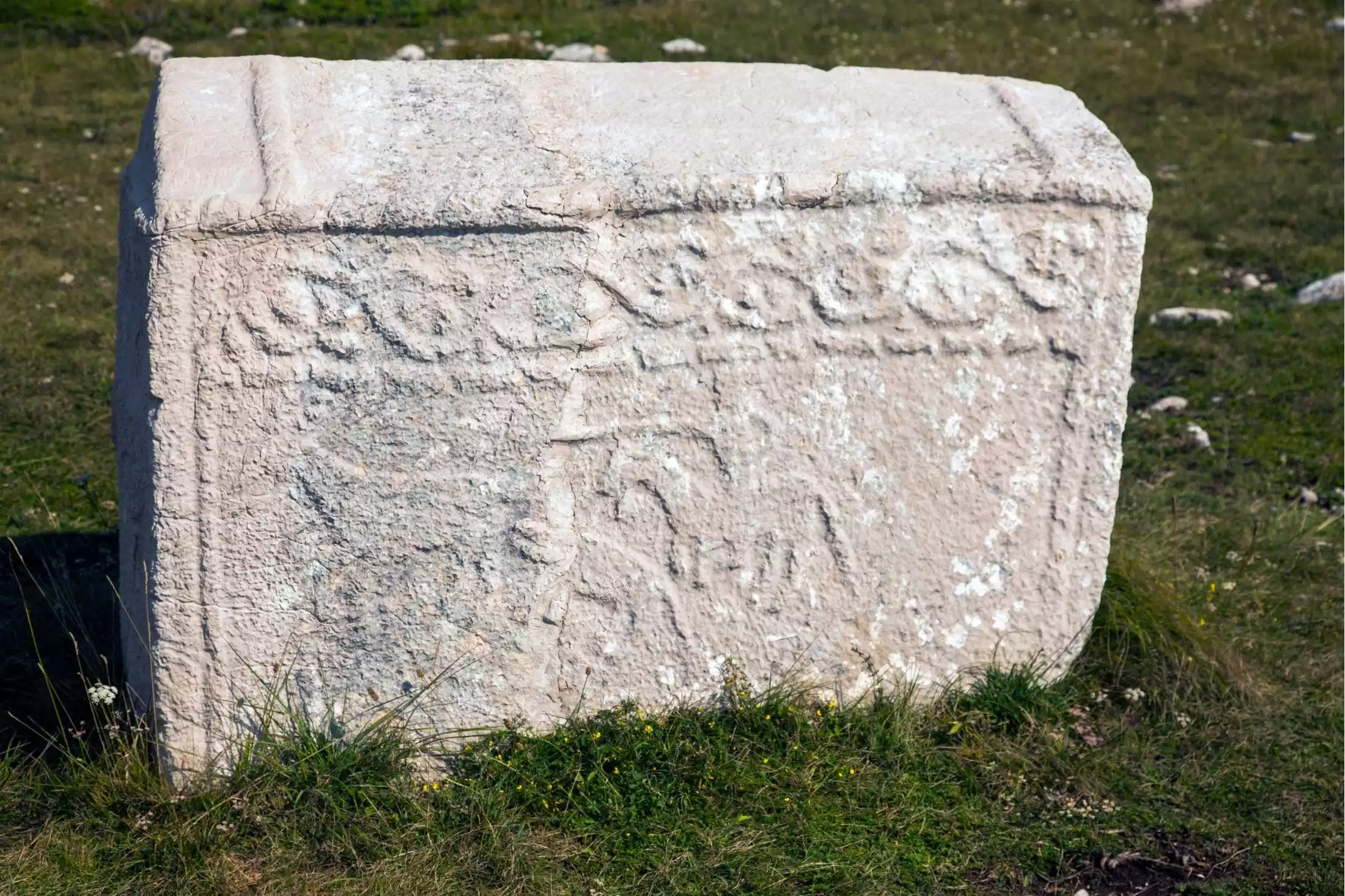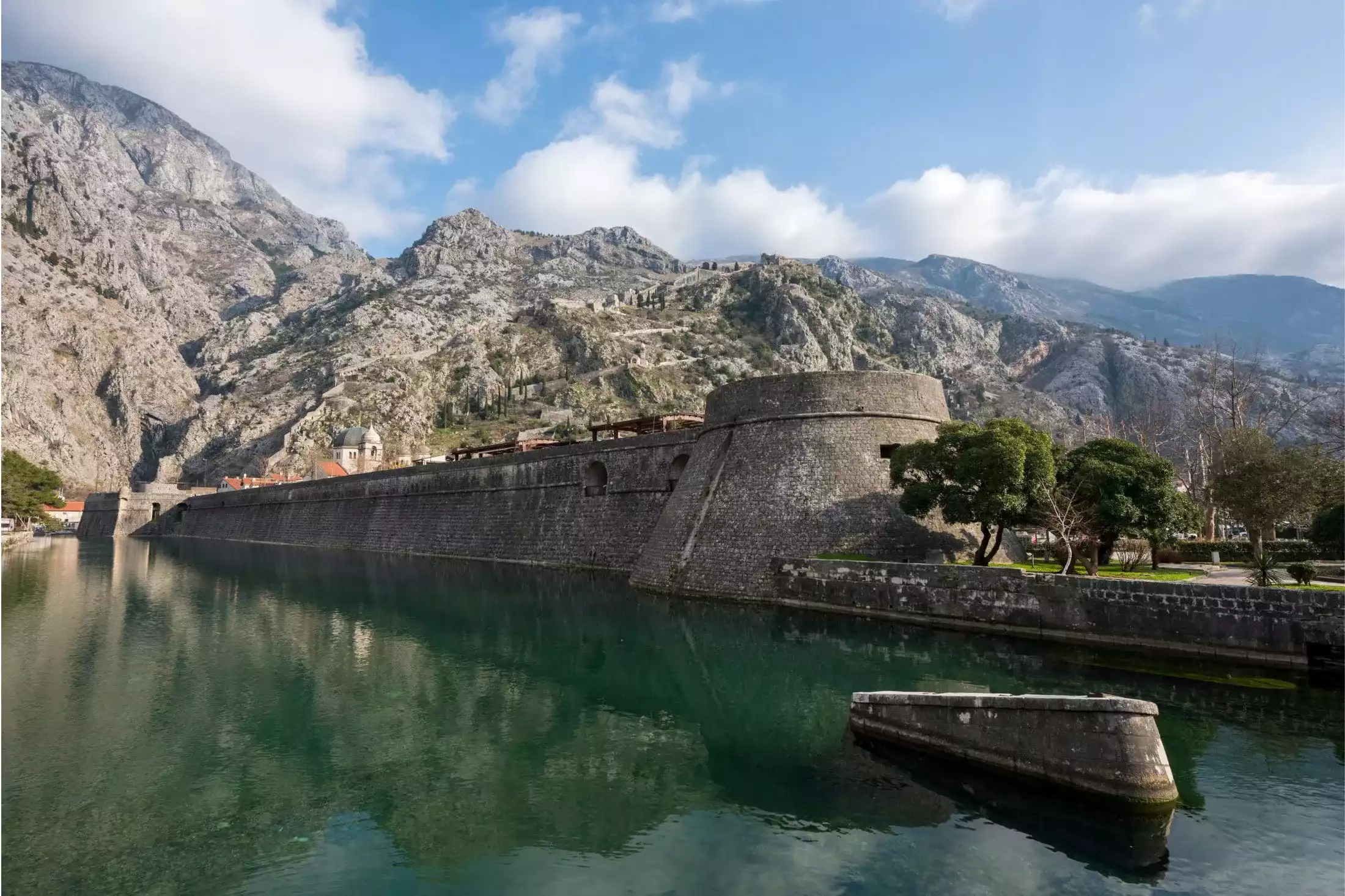Lipa Cave is renowned for its impressive geology and natural formation processes. Situated in Montenegro, this karst cave has been shaped over millennia through the dissolution of limestone by acidic water. It comprises a vast system of passages and halls whose combined length extends over 2.5 kilometers. The cave system exhibits a variety of speleothems, such as stalactites and stalagmites, formed by mineral deposits from water percolating through limestone.
The intricate Lipa Cave network features a significant elevation difference of over 300 meters from the highest to lowest points. This vertical expanse illustrates the cave’s extensive formation period. The presence of an underground river within the cave indicates ongoing geological activity that continues to sculpt the cave’s interior.
In terms of geological history, Lipa Cave’s formation is a result of both geological and hydrological processes. These include:
- Erosion and dissolution of the soluble rock
- Natural acidity of rainwater absorbing carbon dioxide from the soil and air, creating carbonic acid
- Carbonic acid dissolving the limestone and enlarging the cracks over time, forming the caves
One of the key hallmarks of the cave includes the calcium carbonate formations, which take two primary forms:
- Stalactites: Hanging from the cave ceiling
- Stalagmites: Rising from the cave floor
The cave continues to be a site of interest for researchers and tourists alike, showcasing the dynamic and ongoing process of karst topography. Lipa Cave’s magnificent subterranean landscapes mirror the persistent and powerful forces of nature driving the earth’s continuous evolution.
Cave Ecology and Biodiversity
The Lipa Cave in Montenegro is a prime example of subterranean diversity. Caves offer unique habitats for a variety of life forms which are often specialized and endemic to these environments. In the dim recesses of the cave, organisms have adapted to live in complete darkness, propelling cave biodiversity to be as intriguing as it is fragile.
Ecological Features:
- Darkness: The absence of light shapes the ecosystem, leading to the evolution of species without eyes or pigmentation.
- Humidity: High moisture levels support the growth of specific fauna and flora.
- Temperature: Typically stable temperatures within caves provide a consistent environment compared to the outside world.
Species Diversity:
- Troglobites: These are creatures that have fully adapted to the cave environment, such as certain species of blind fishes or invertebrates which can be found in the biodiversity of caves.
- Troglophiles: These organisms prefer cave environments but can also exist outside, for example, certain bat species.
- Trogloxenes: They use caves for parts of their life cycle or as temporary shelters, such as some bear species historically did.
In Lipa Cave, studies may reveal a complex web of ecological interactions, pointing to a system where energy inputs are often limited to material brought in from the outside, such as debris or organisms that wander in. These factors contribute to a delicate balance where cave conservation is vital for maintaining the ecology within this subterranean world.
Conservation Efforts
Lipa Cave in Montenegro represents a natural wonder, where preservation is a key aspect of its management. The cave systems are maintained following strict environmental conservation standards to ensure that the cave remains a safe and captivating destination for visitors and a pristine habitat for its unique fauna.
- Built-in Trails: To minimize human impact on the cave’s delicate ecosystem, Lipa Cave features carefully constructed trails.
- Modern Lighting: Energy-efficient and less intrusive lighting systems illuminate the cave, reducing the potential for damage to the cave’s interior and its inhabitants.
The conservation strategy also includes limits on visitor numbers and regulated tour paths to avoid overuse in any single area of the cave. This balanced approach allows tourists to experience the natural beauty of Lipa Cave while protecting its integrity.
Moreover, Lipa Cave’s management regularly collaborates with conservationists and scientists to monitor the cave’s condition and develop new methods to further minimize human impact. Efforts to educate visitors about the importance of cave conservation are an integral part of the ongoing preservation work.
Research and Studies
Lipa Cave, known as Lipska Pećina in Montenegro, has attracted considerable scientific interest due to its complex karst systems. Researchers have extensively surveyed Montenegro’s notable karst cave has been studied for its geological formations, with a noteworthy difference in elevation of more than 300 meters within the system.
In 2015, the total surveyed and mapped length of the cave was recorded at 3,512 meters.
Current Studies and Efforts:
- Investigation of geological formations
- Documentation of cave biodiversity
- Analysis of the cave’s microclimate
- Preservation of historical context
Scientists from various countries, including Austria, Italy, and Germany, have contributed to the exploration and understanding of Lipa Cave. These collective efforts underscore the cave’s value not only as a natural wonder but also as an important piece in understanding regional geology and history.
Ongoing research and educational efforts ensure that the cave remains a preserved natural site for future generations, highlighting its importance in biodiversity and geotourism.
Experiences and Activities



